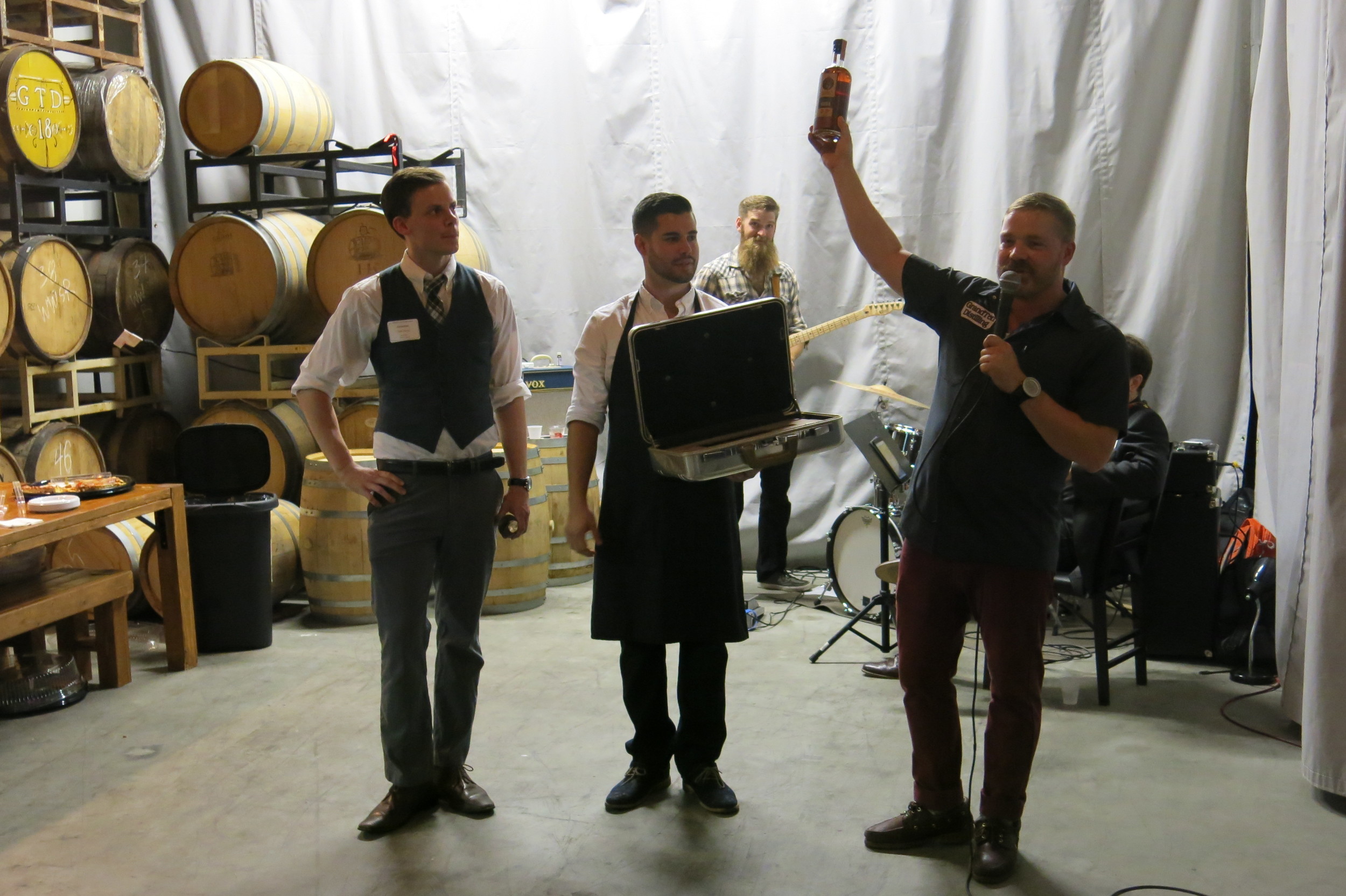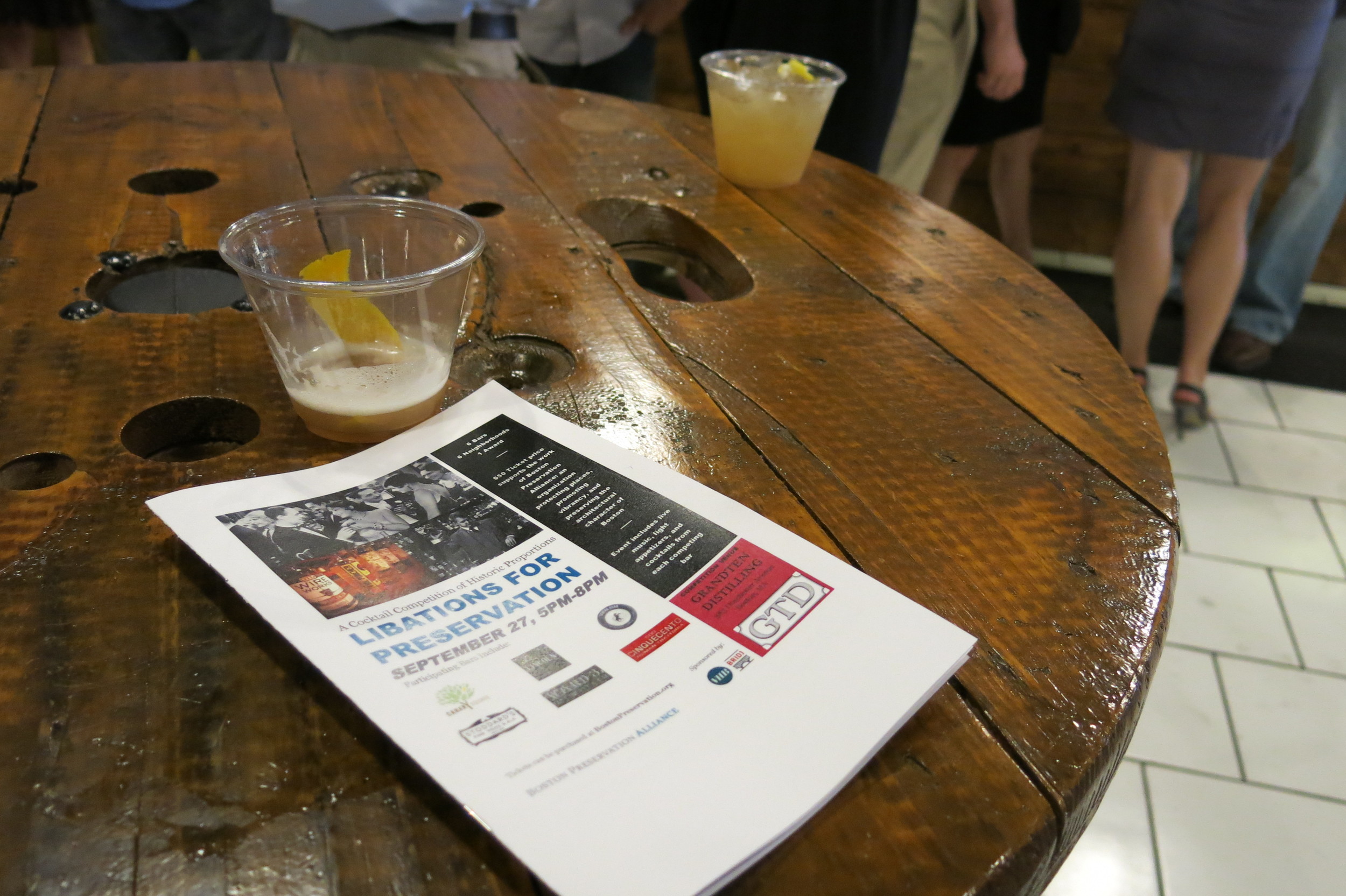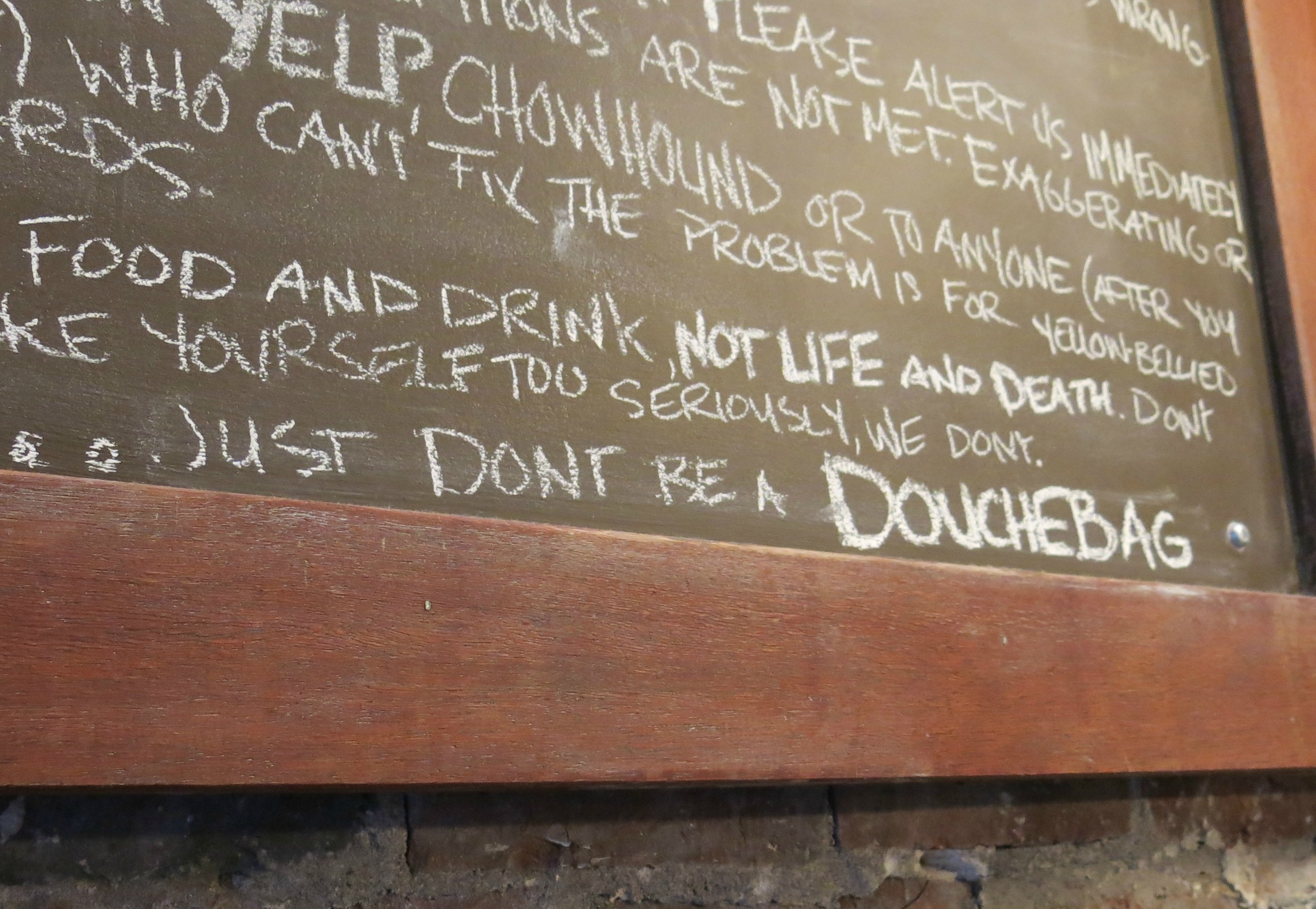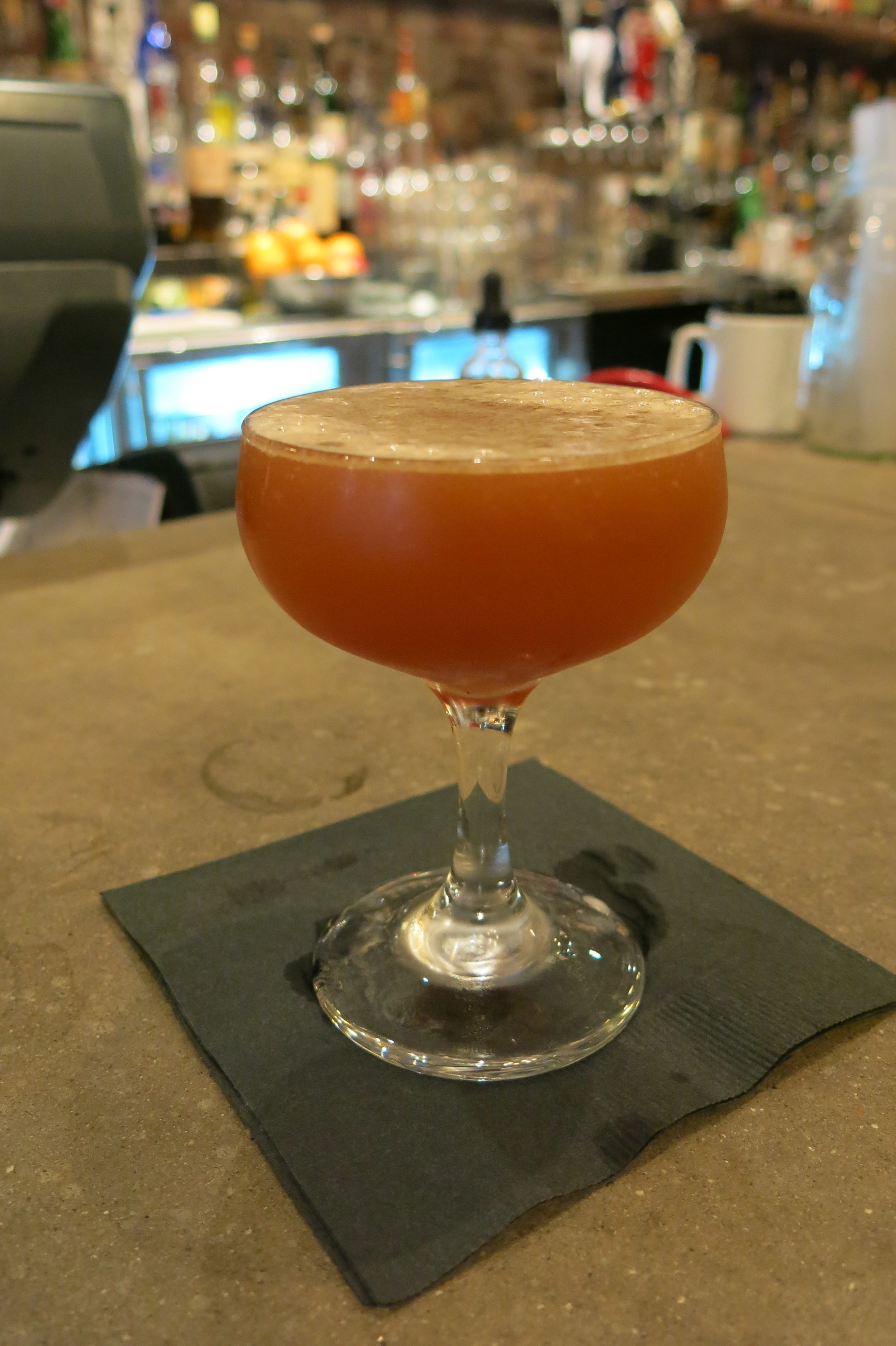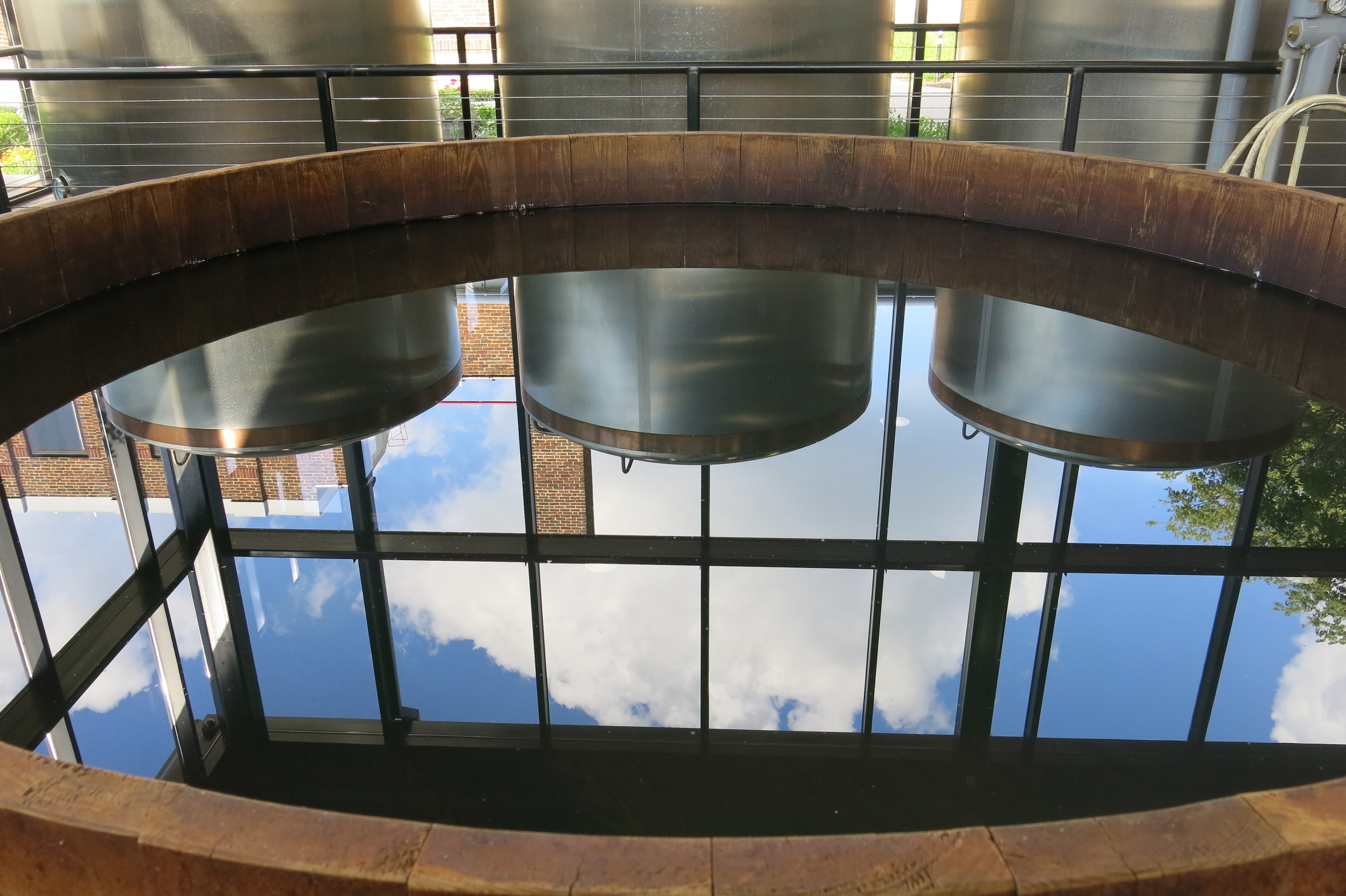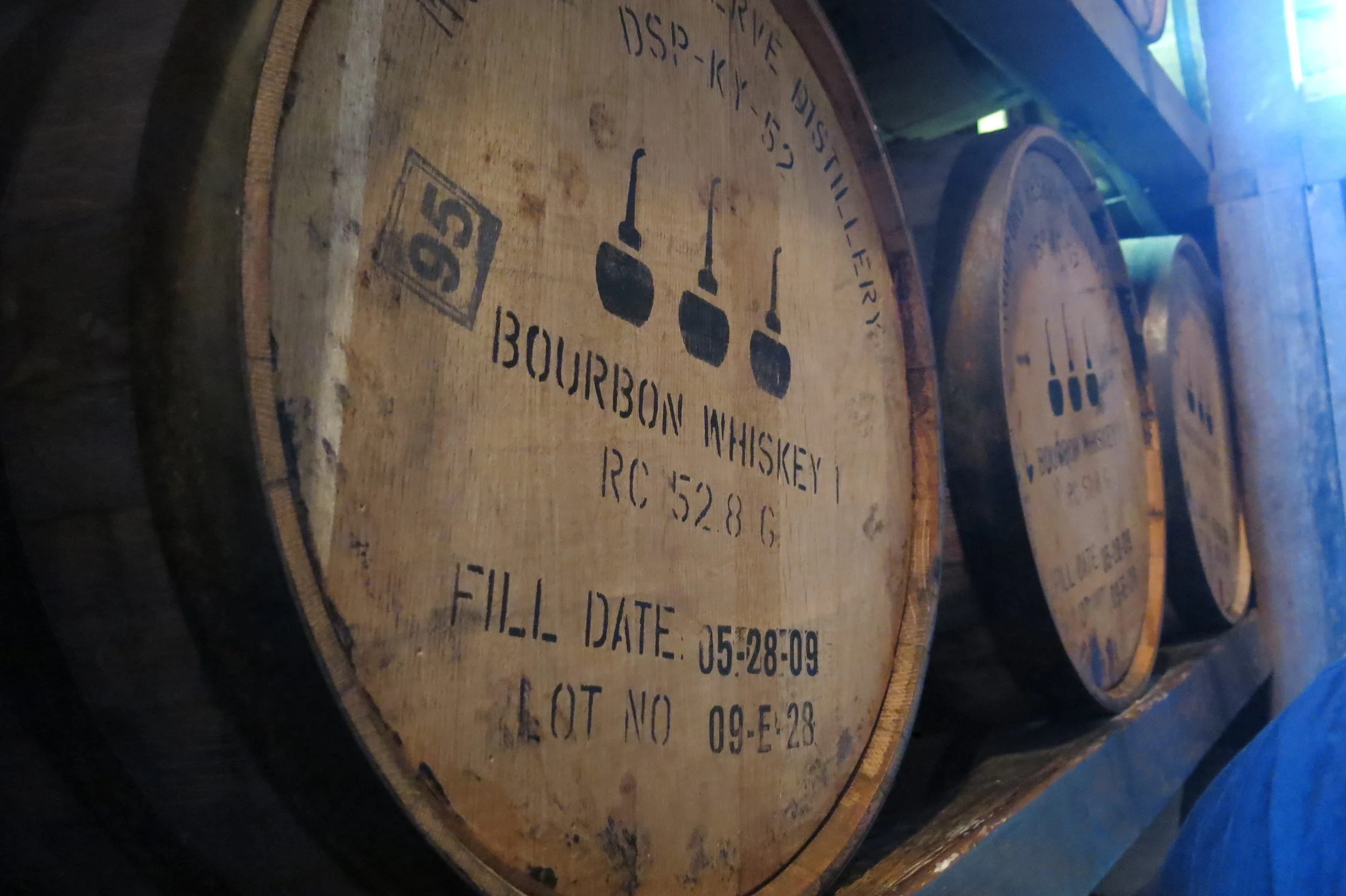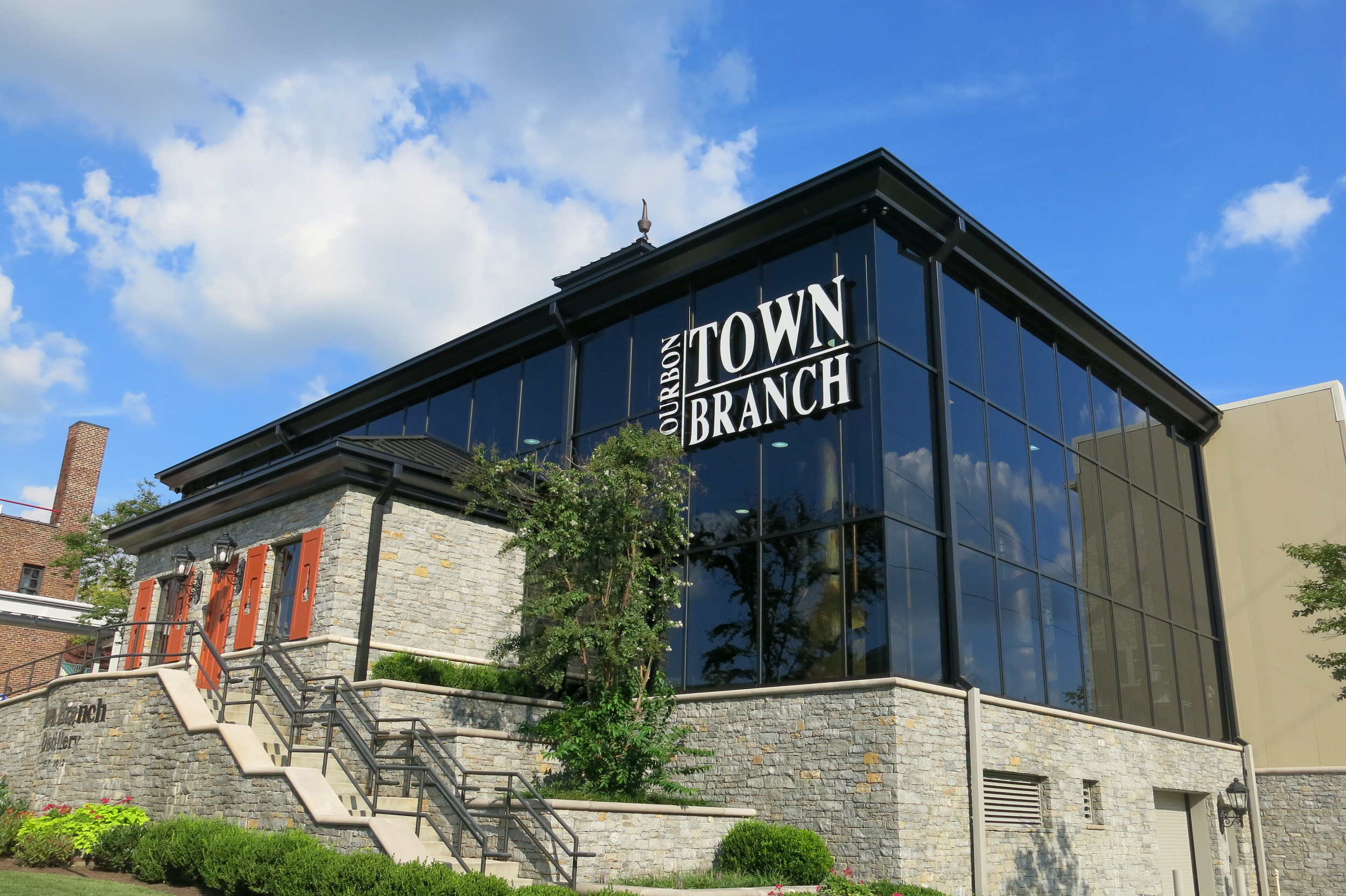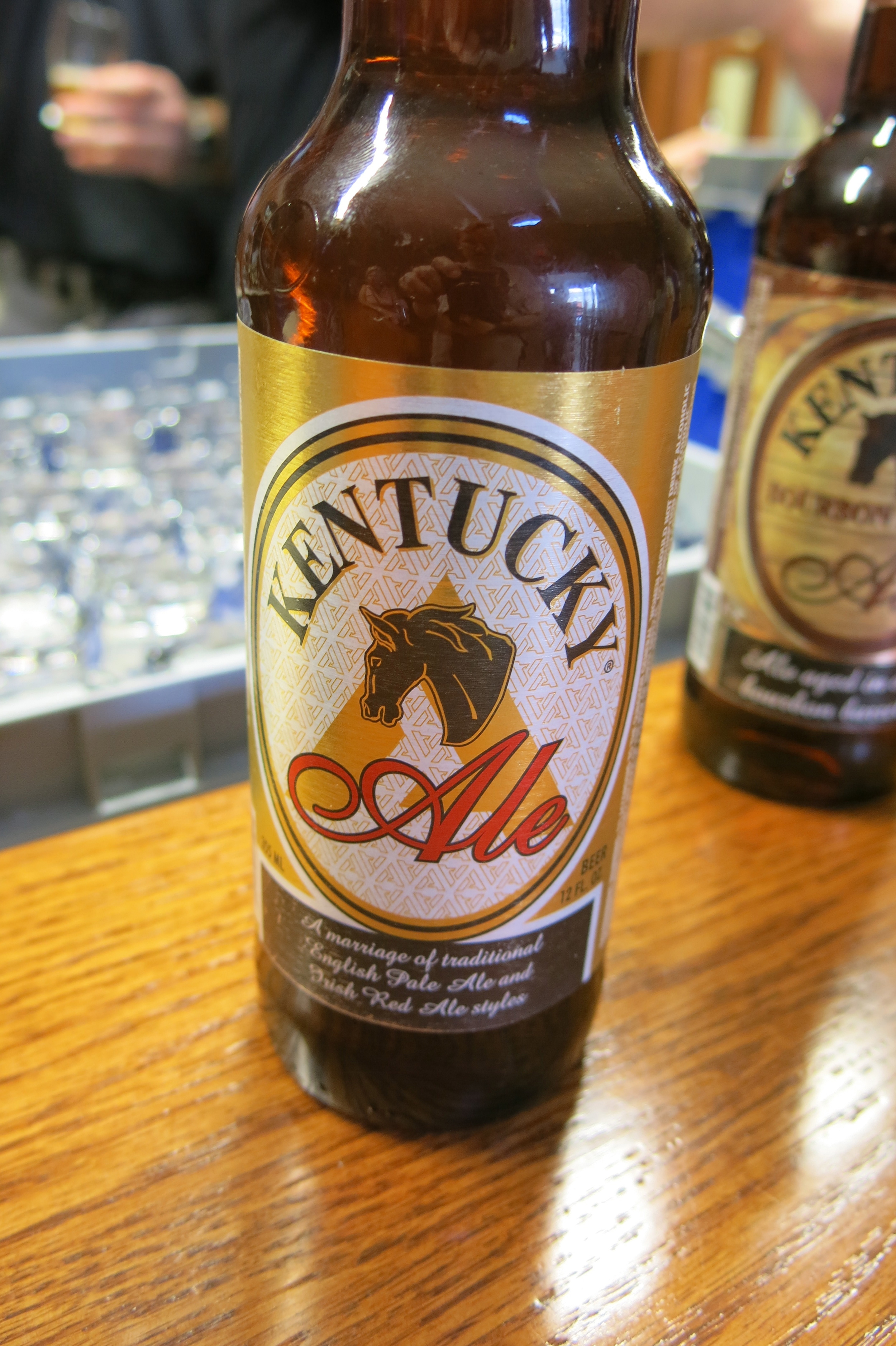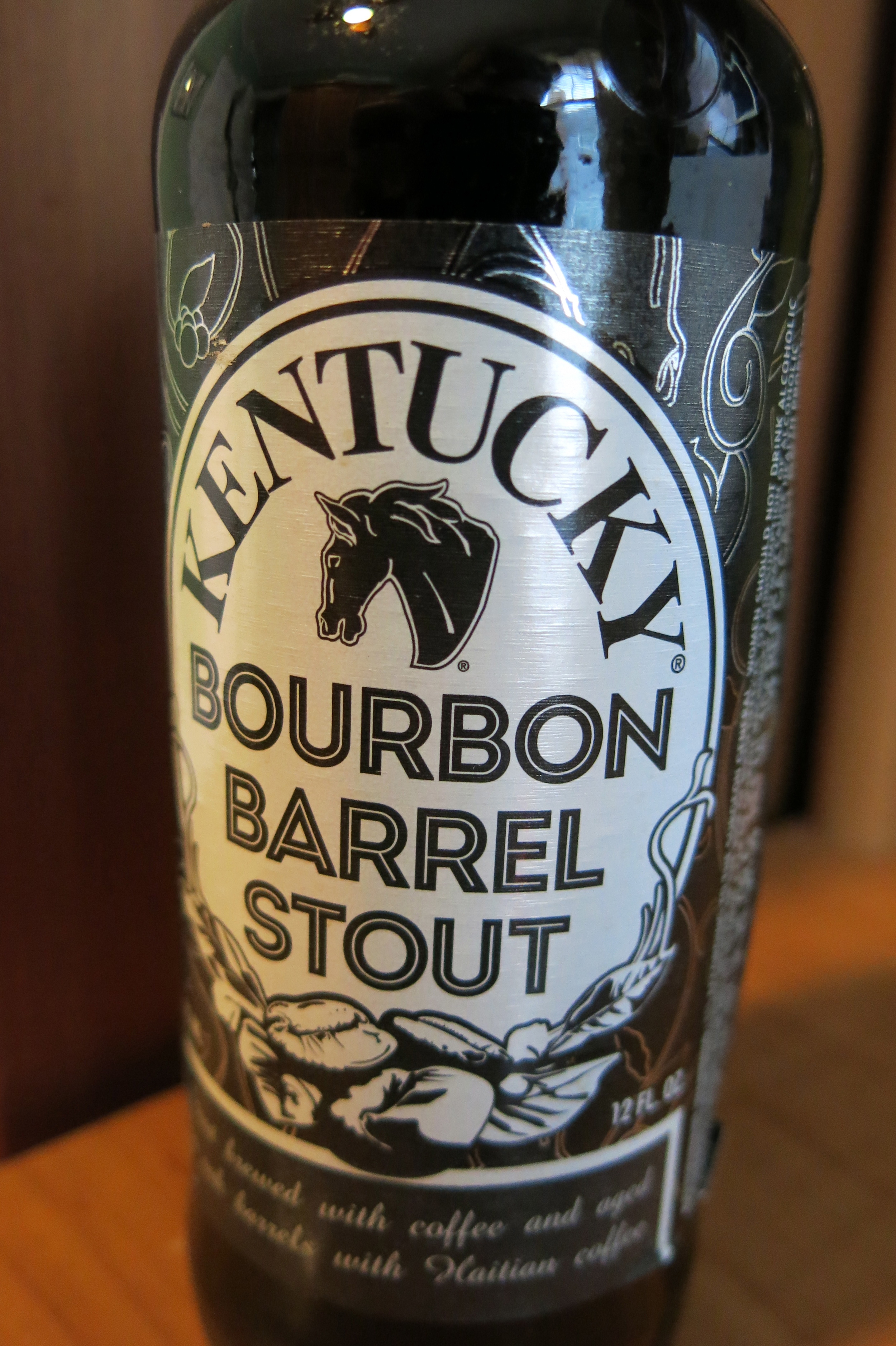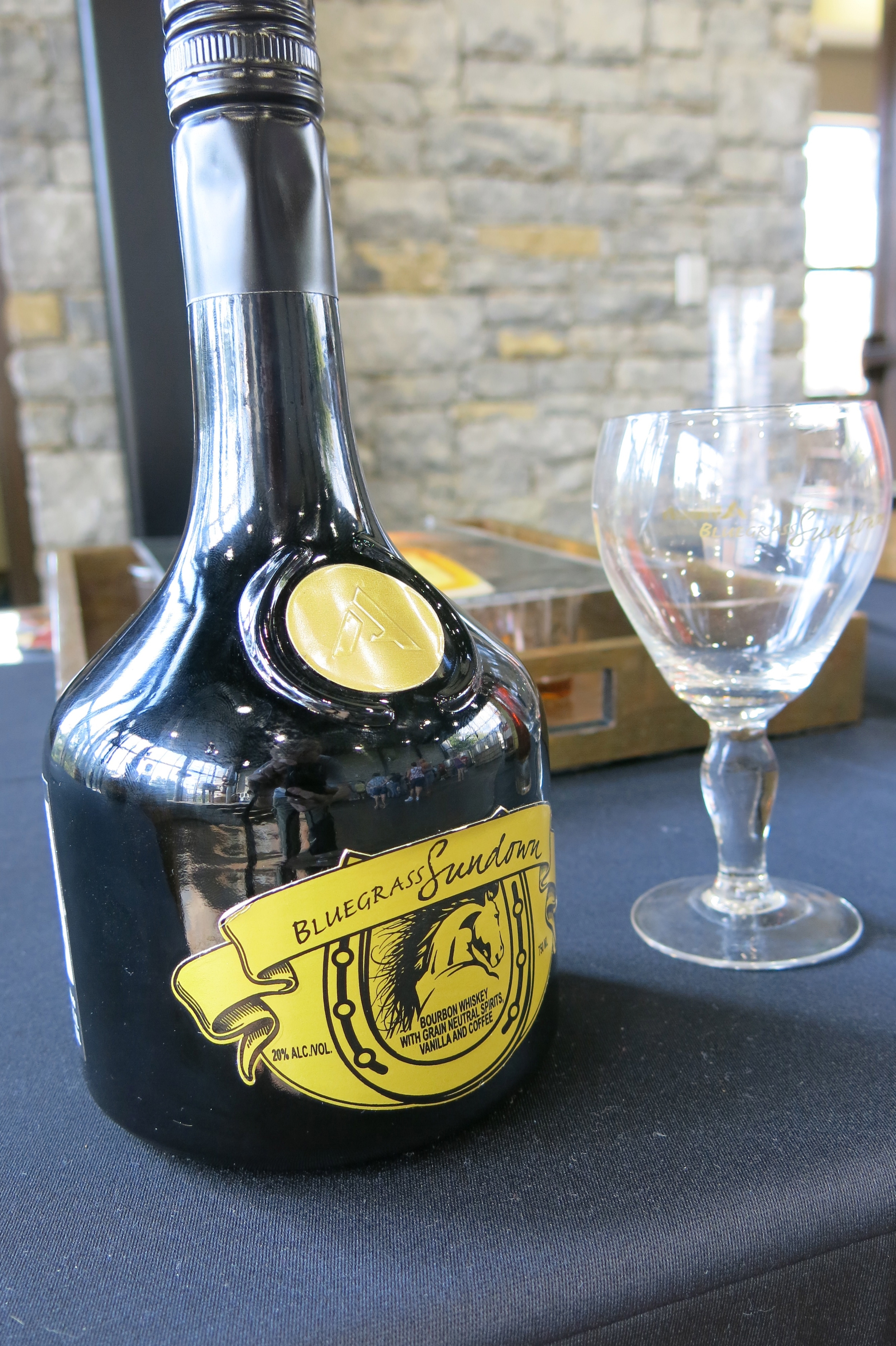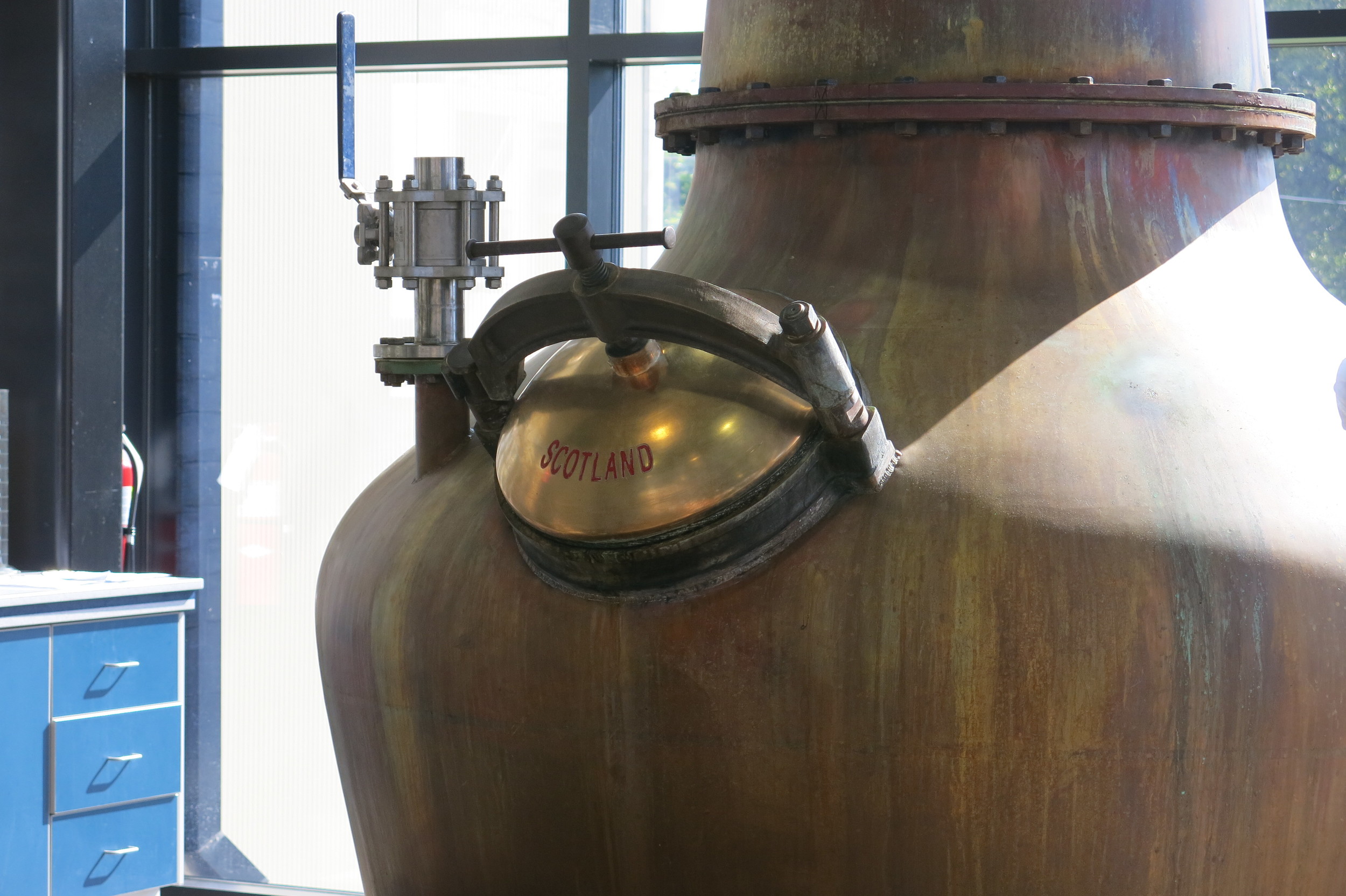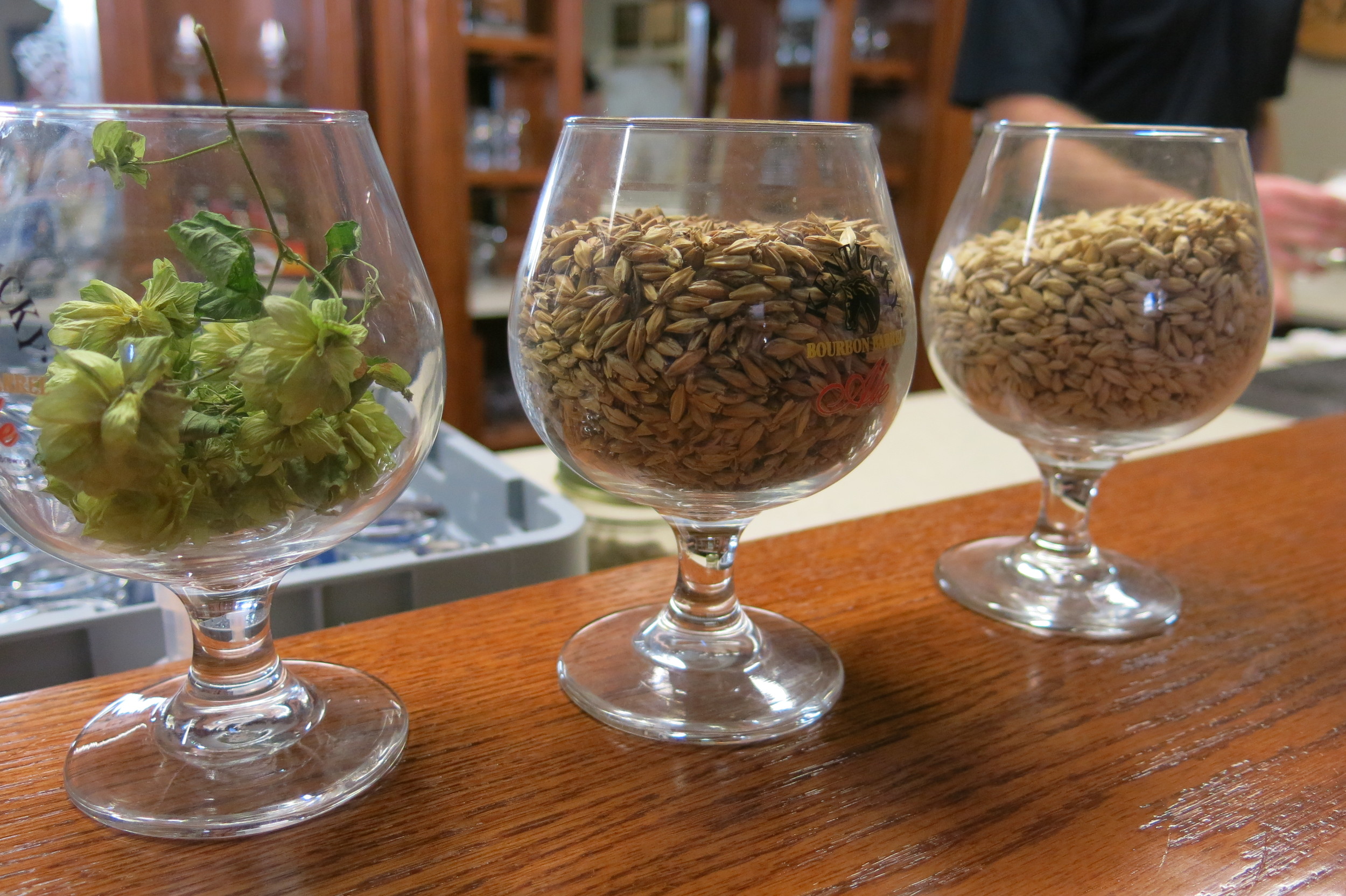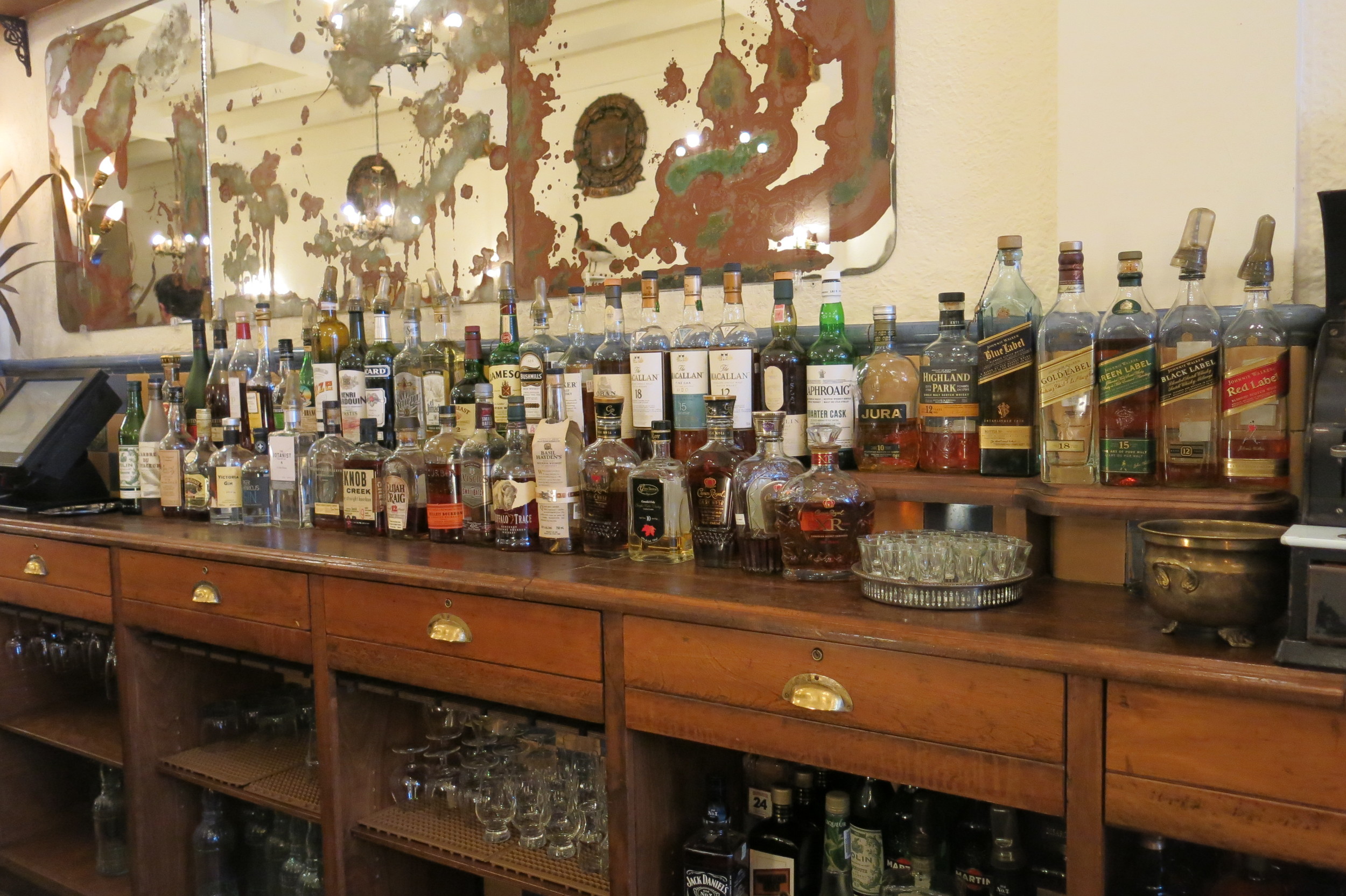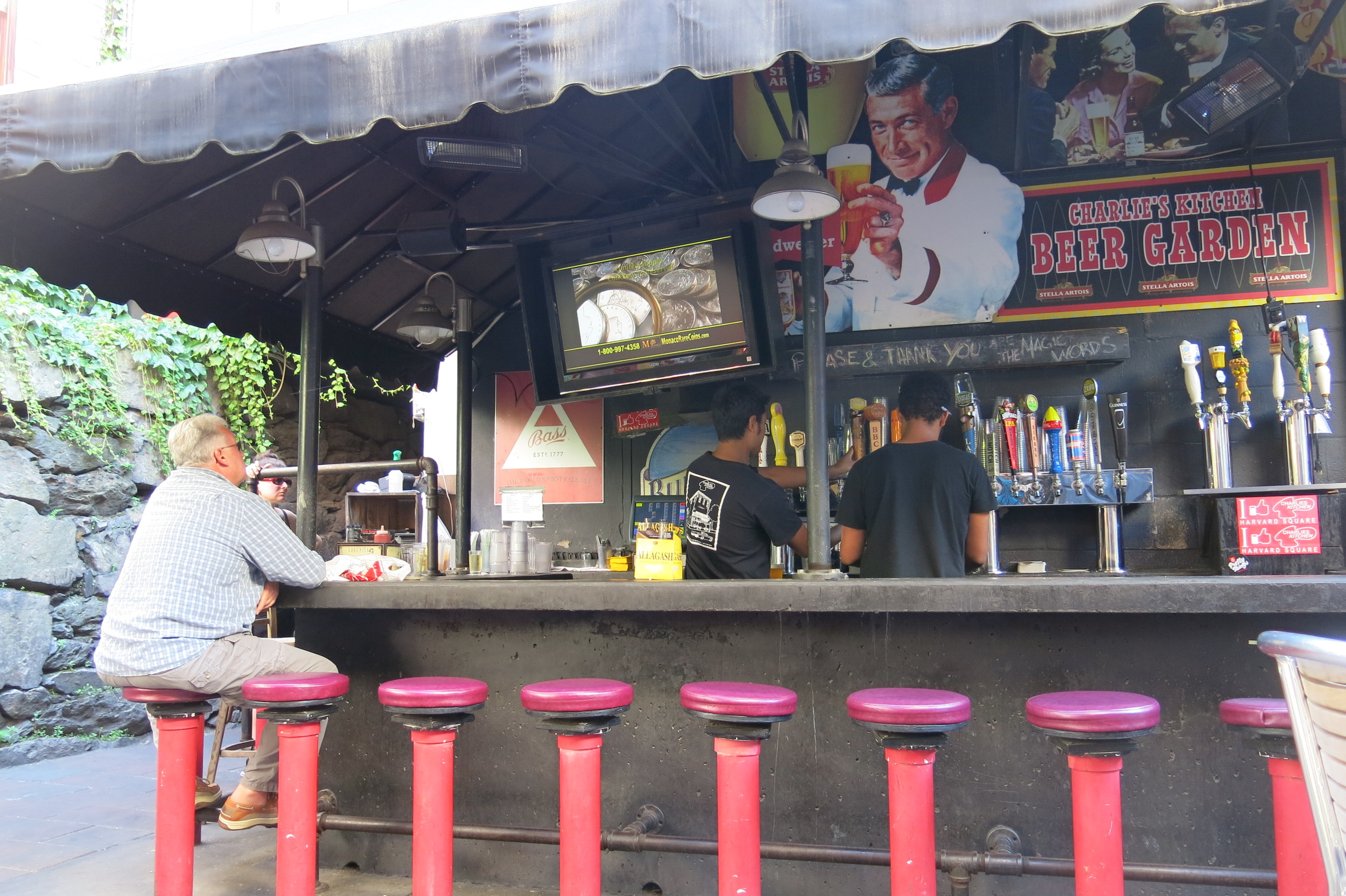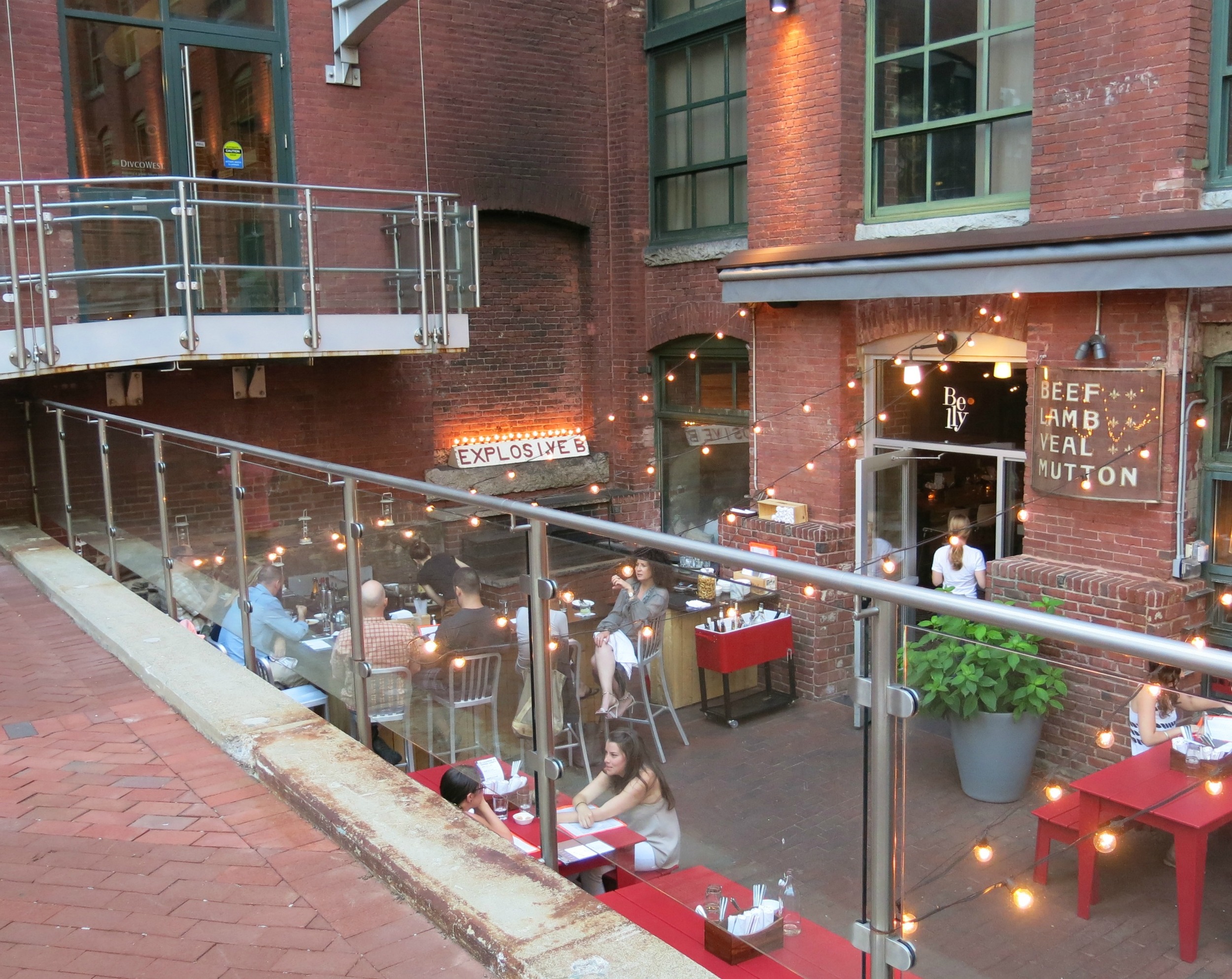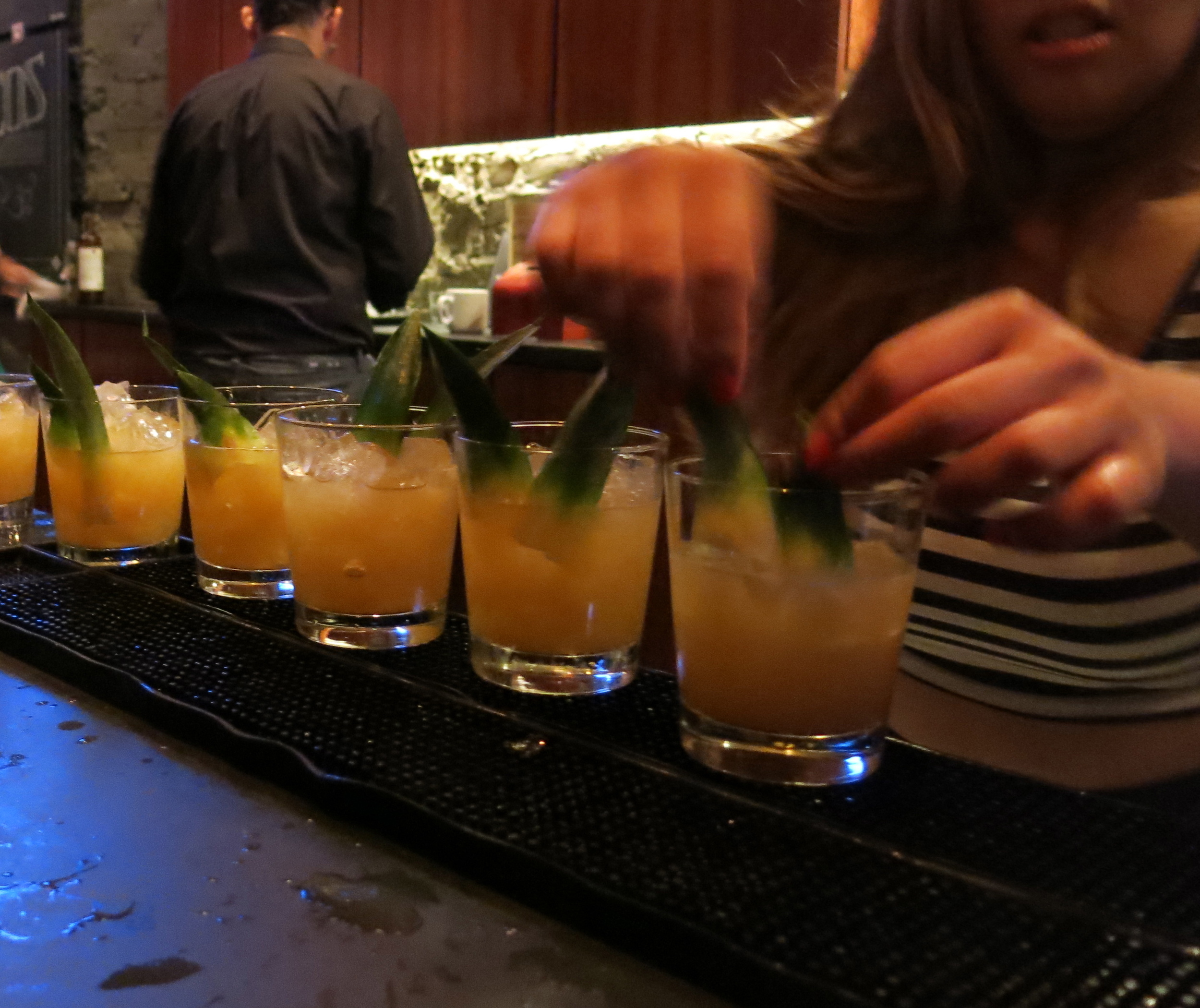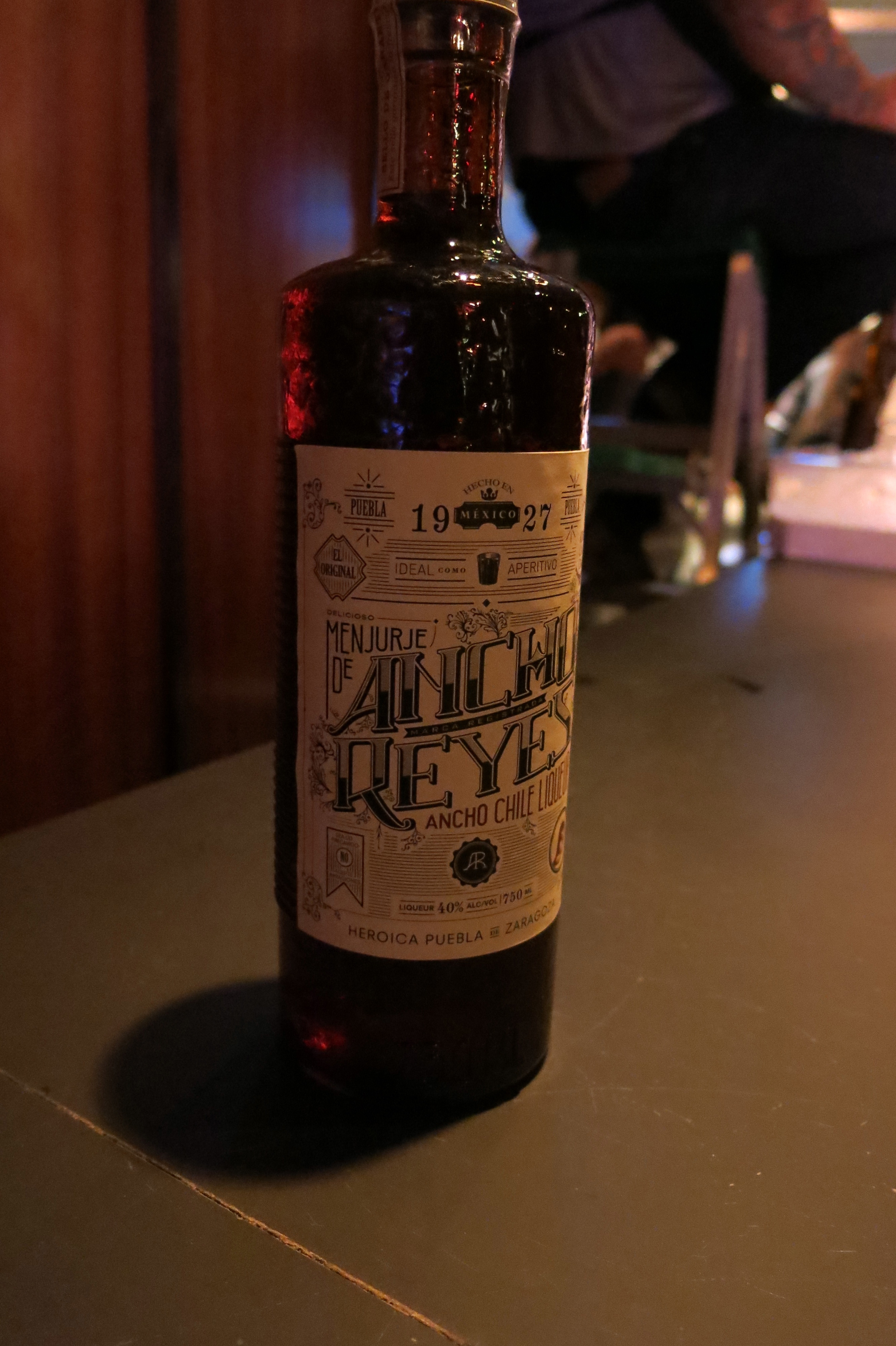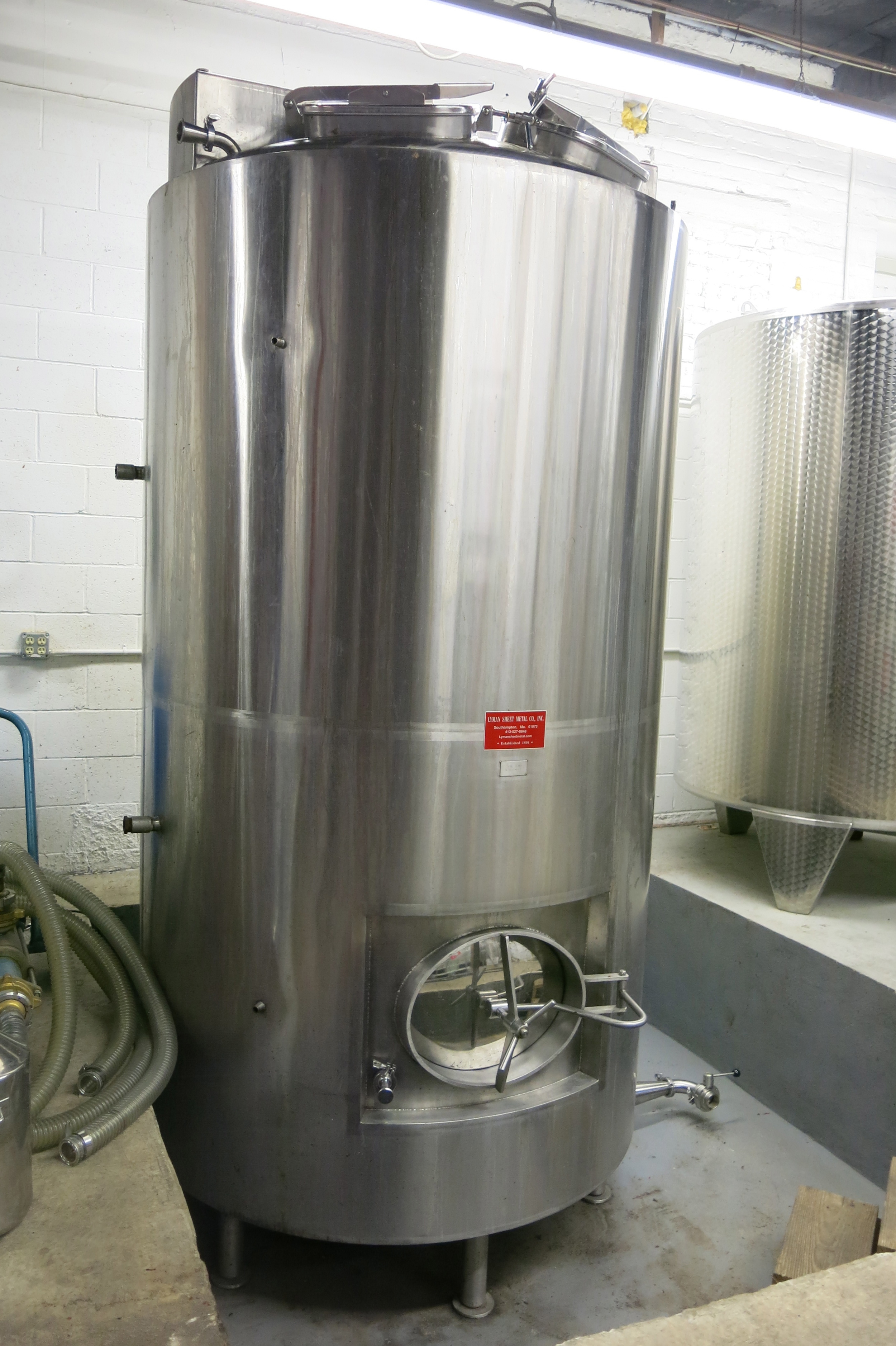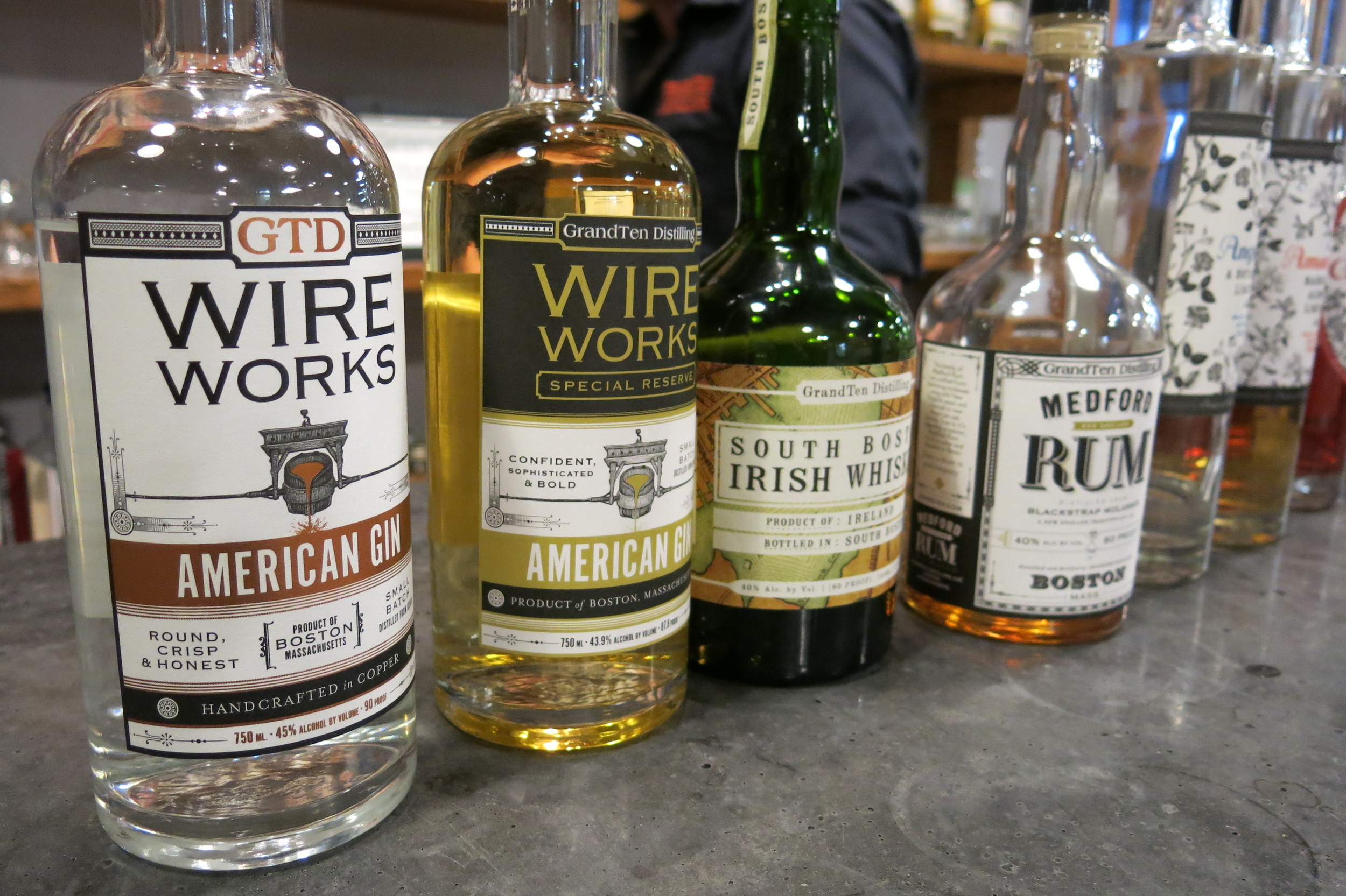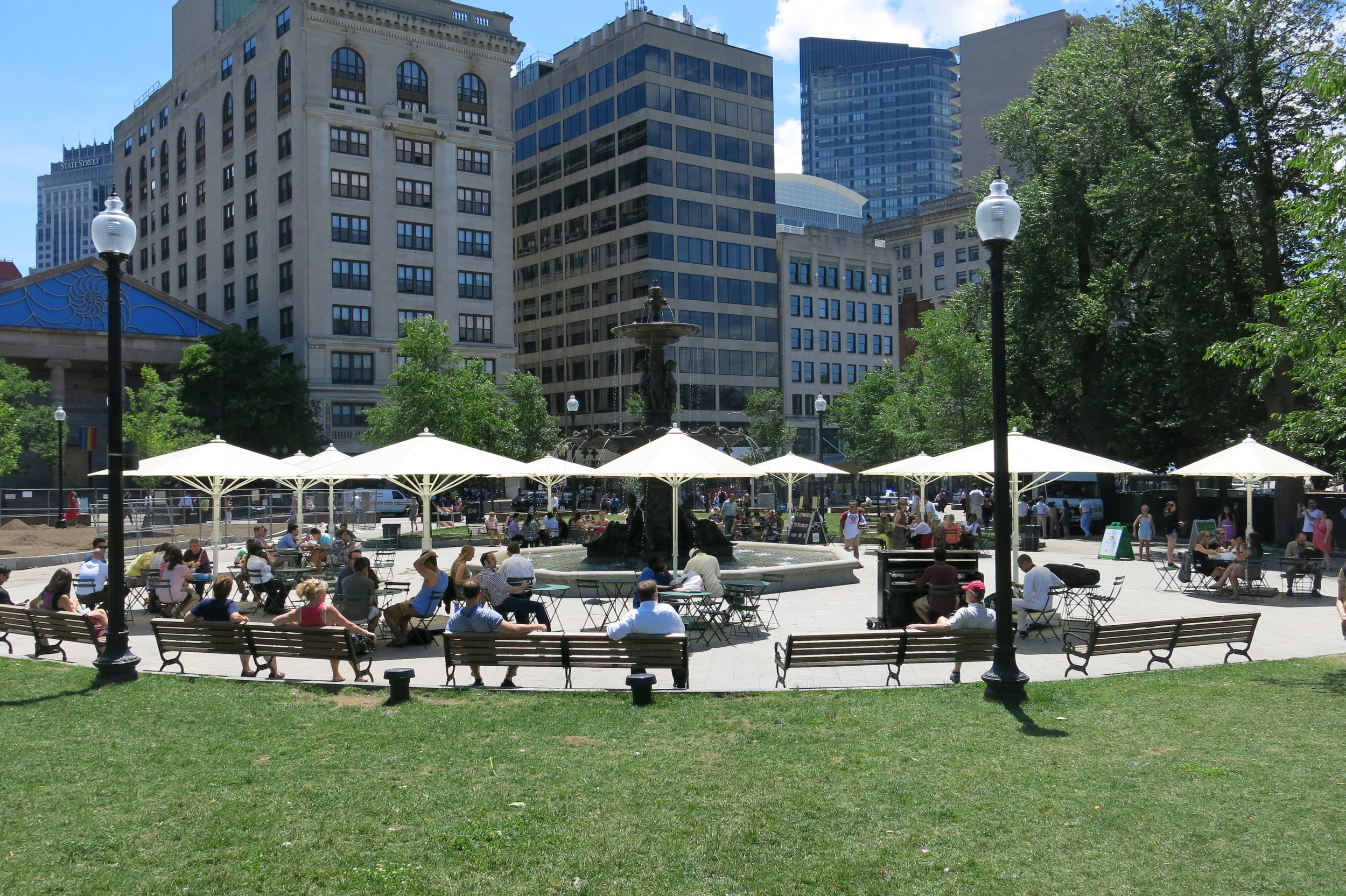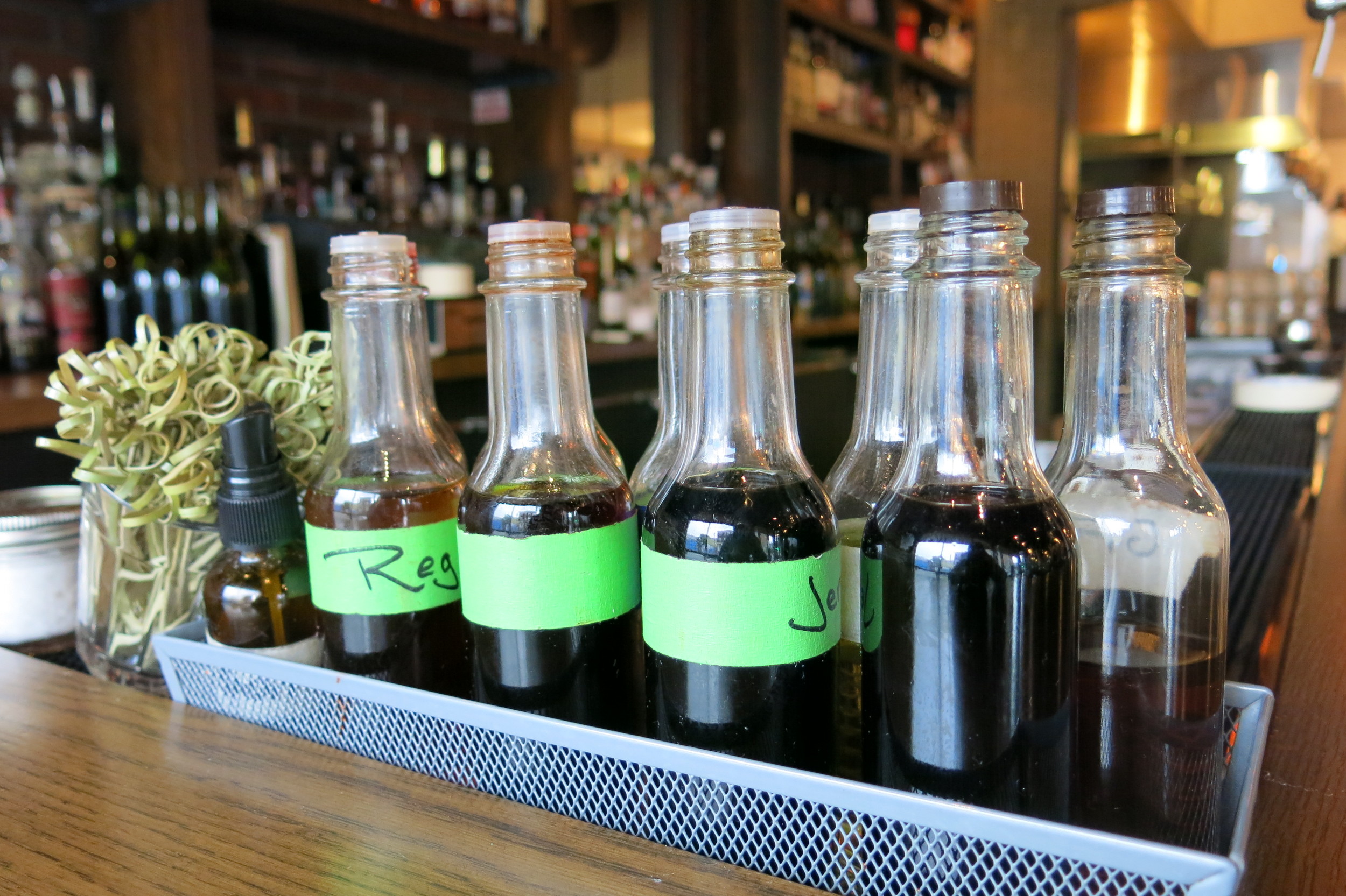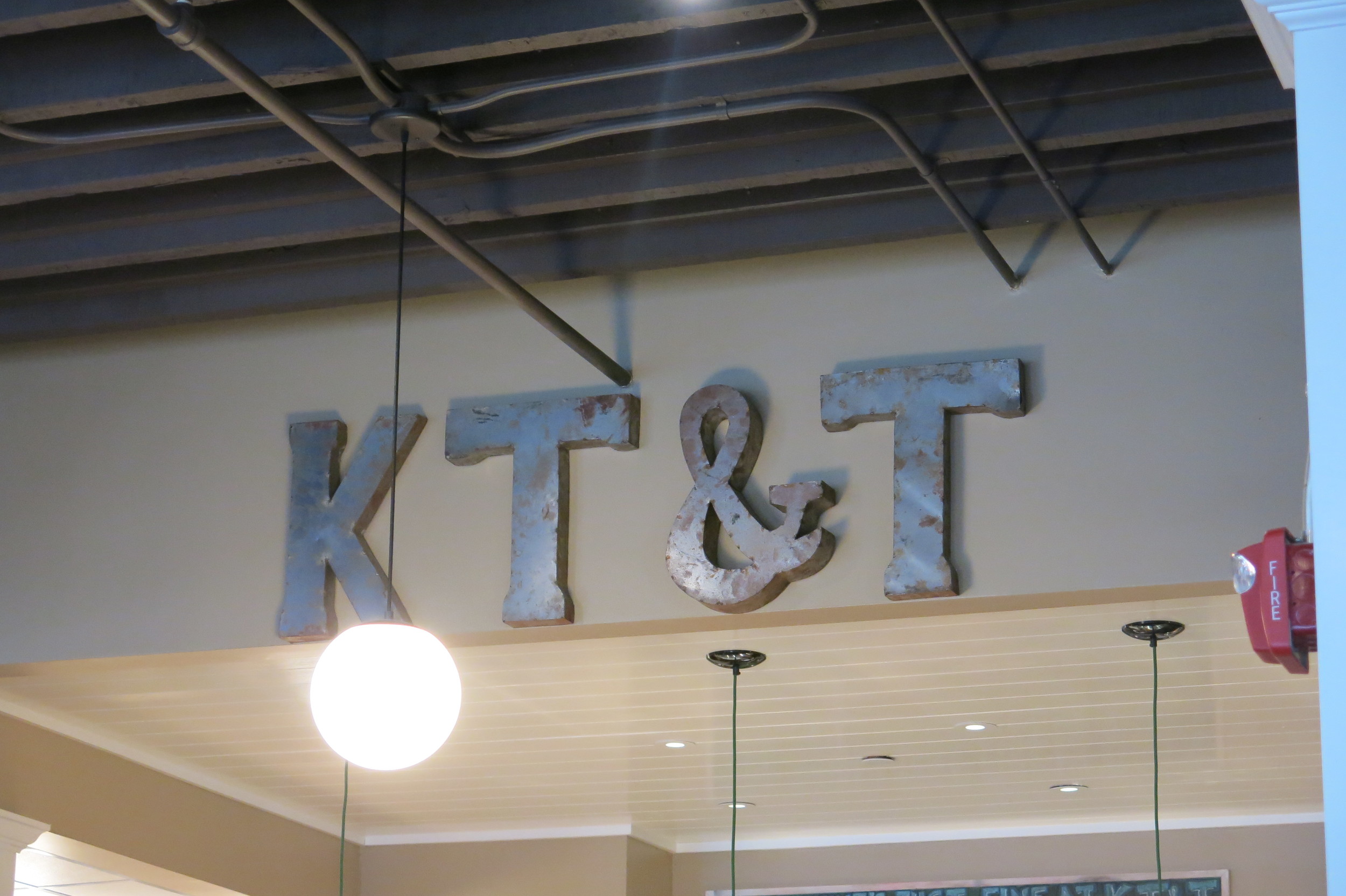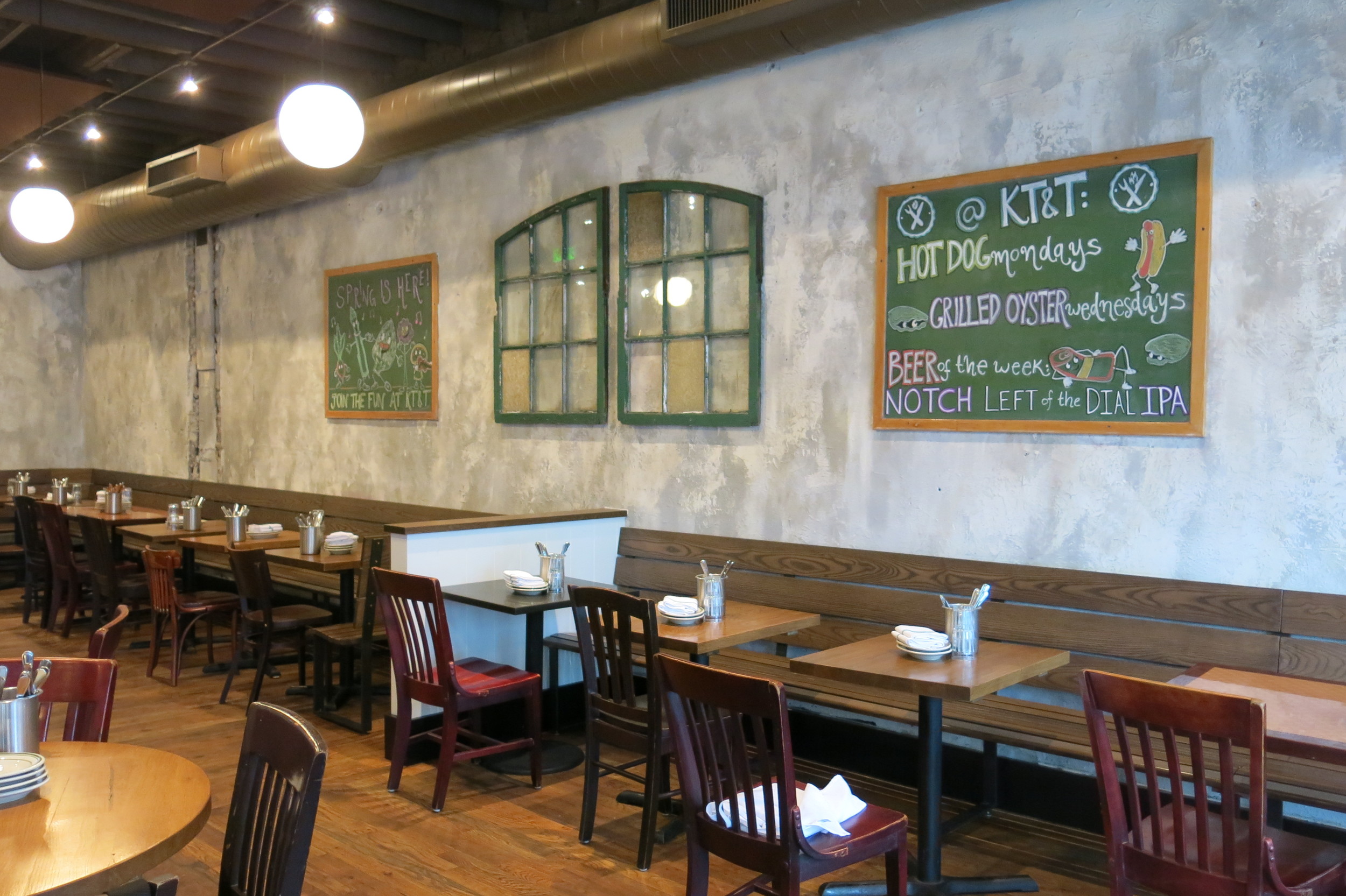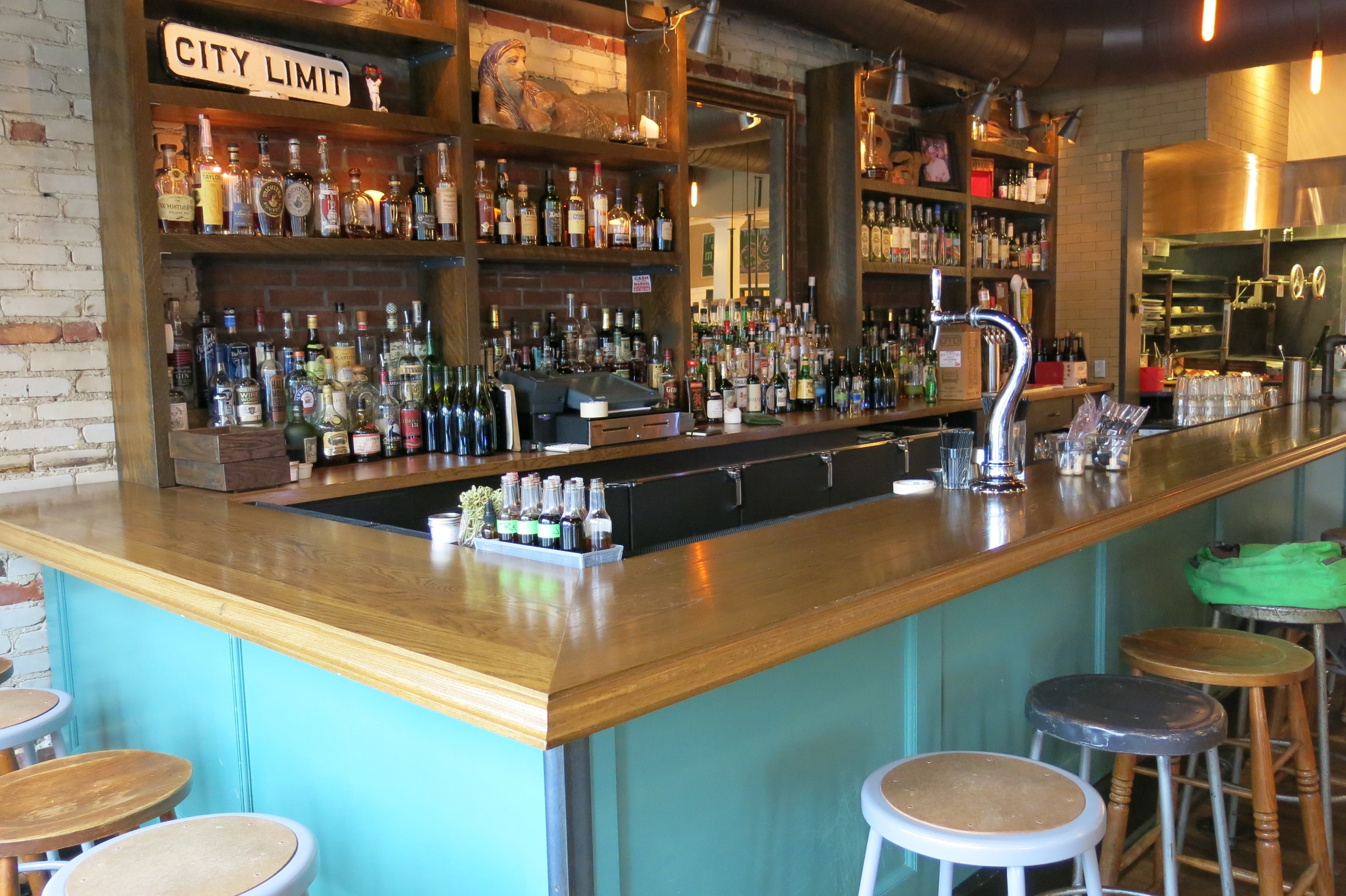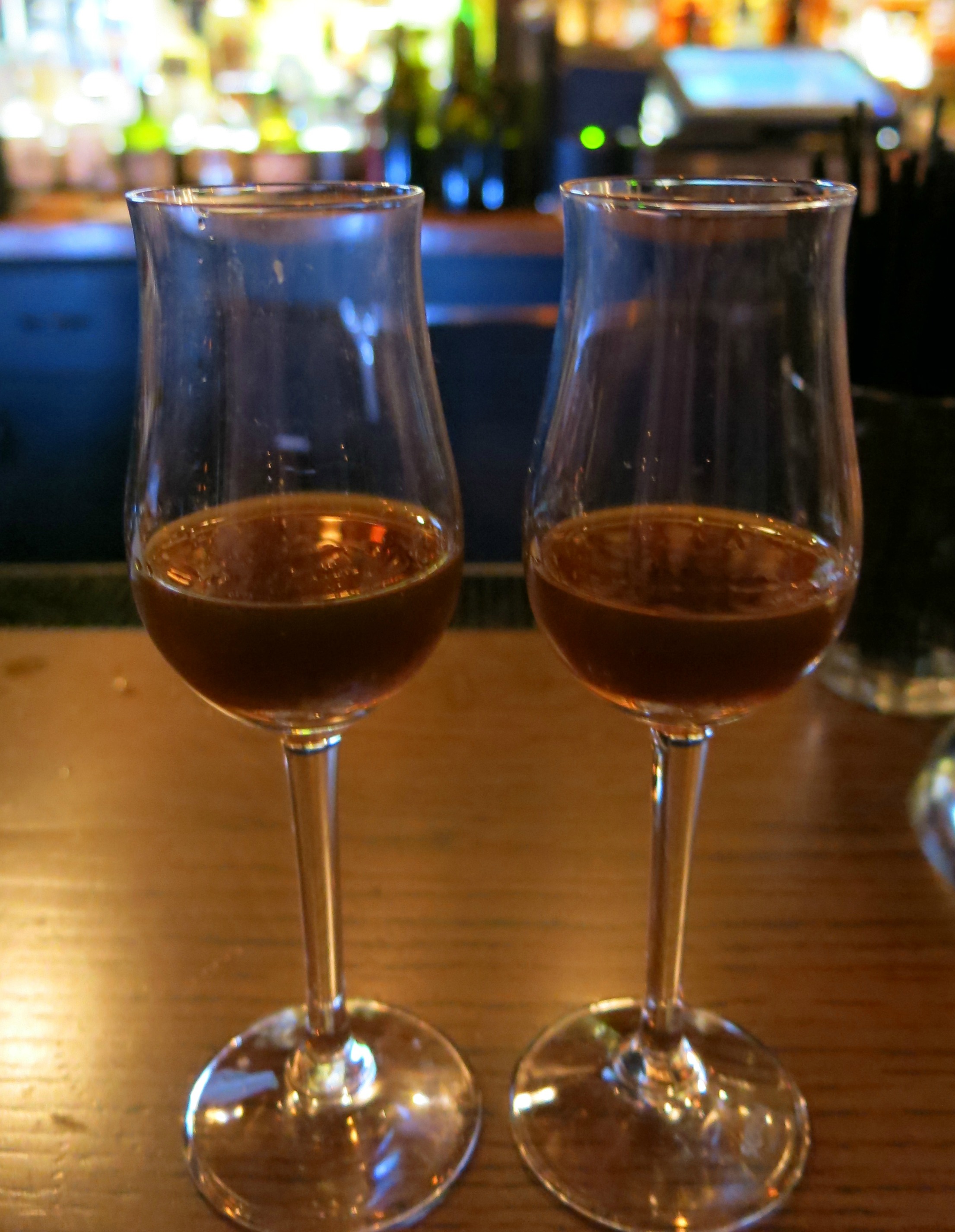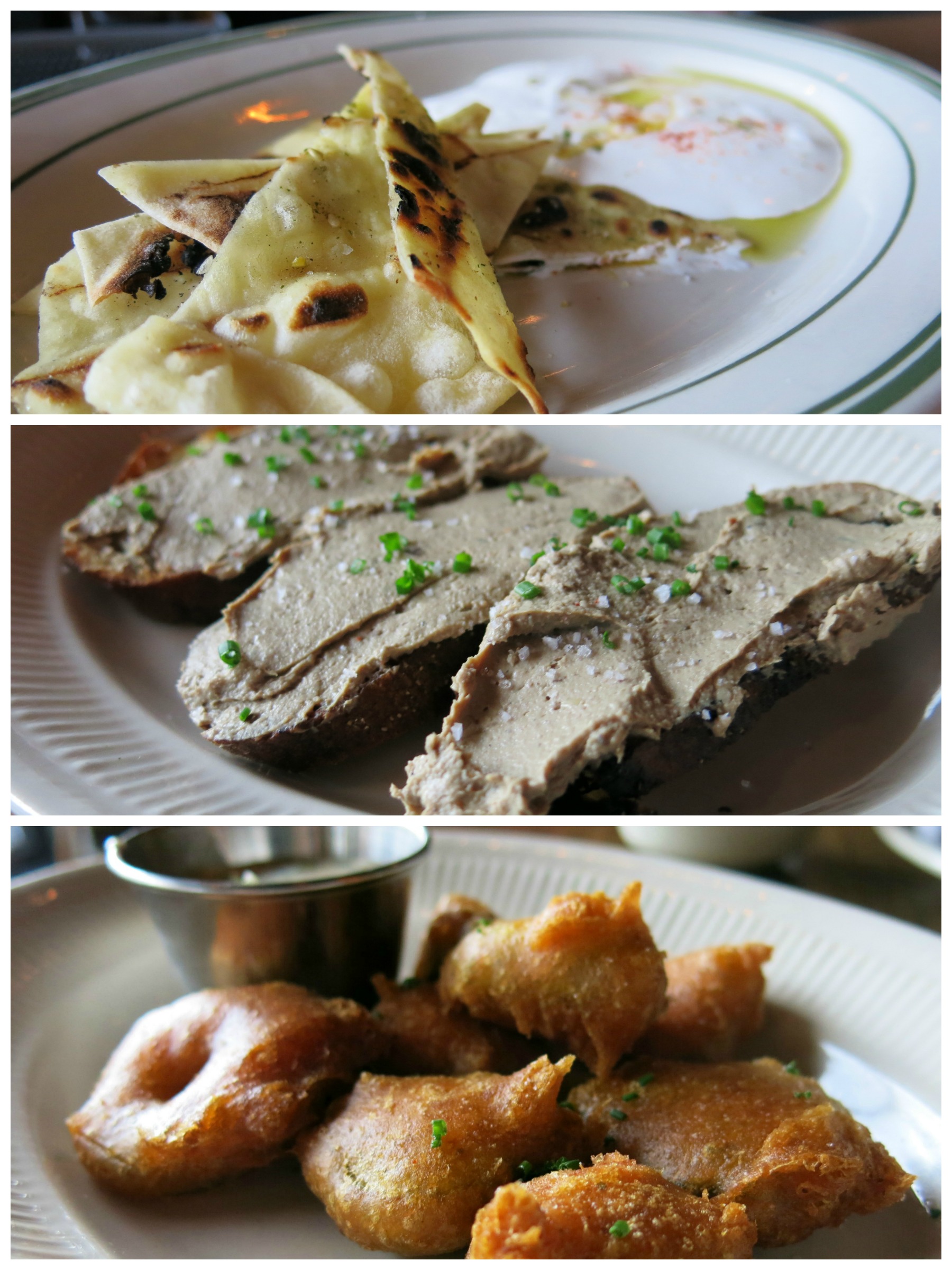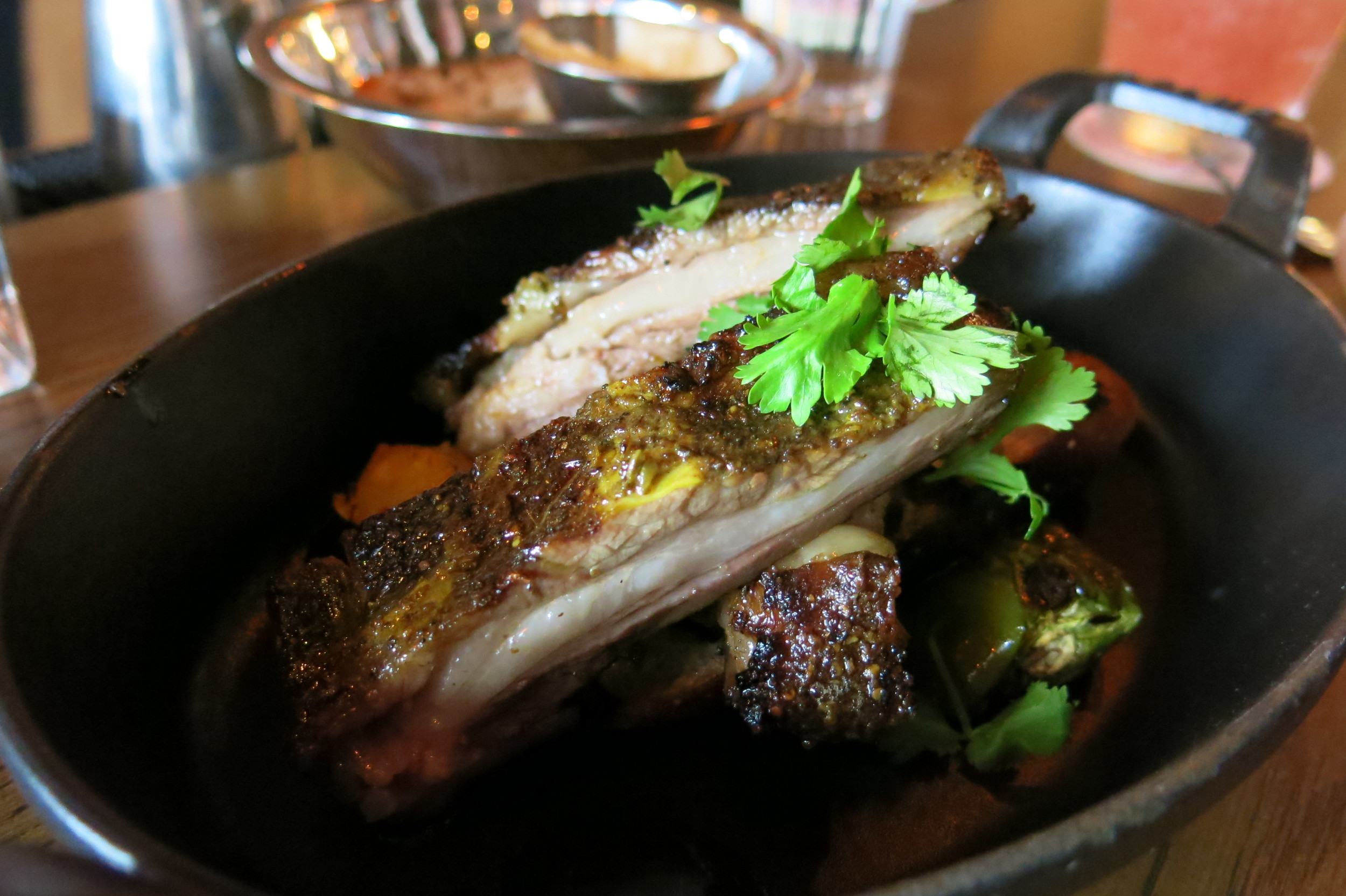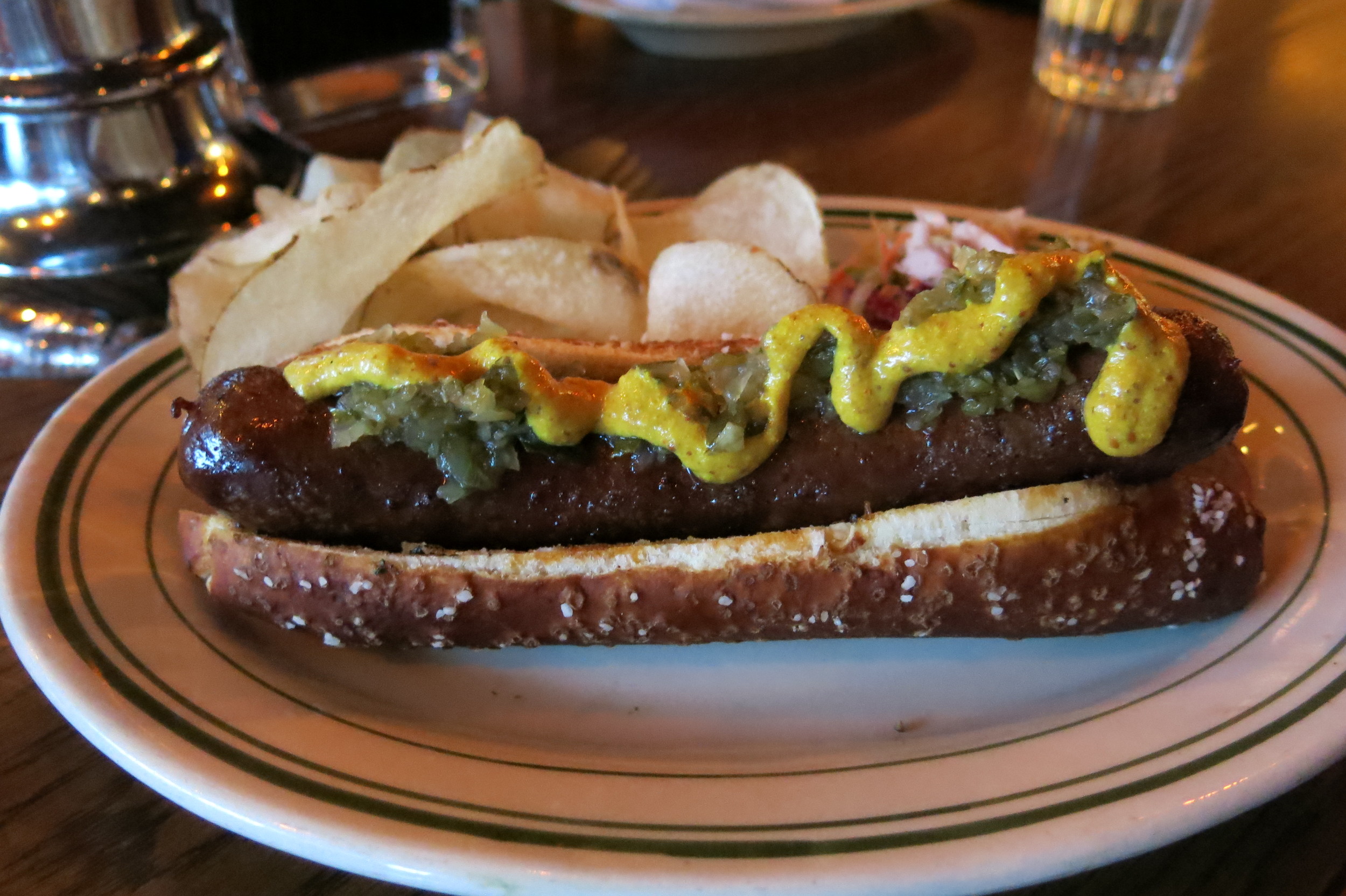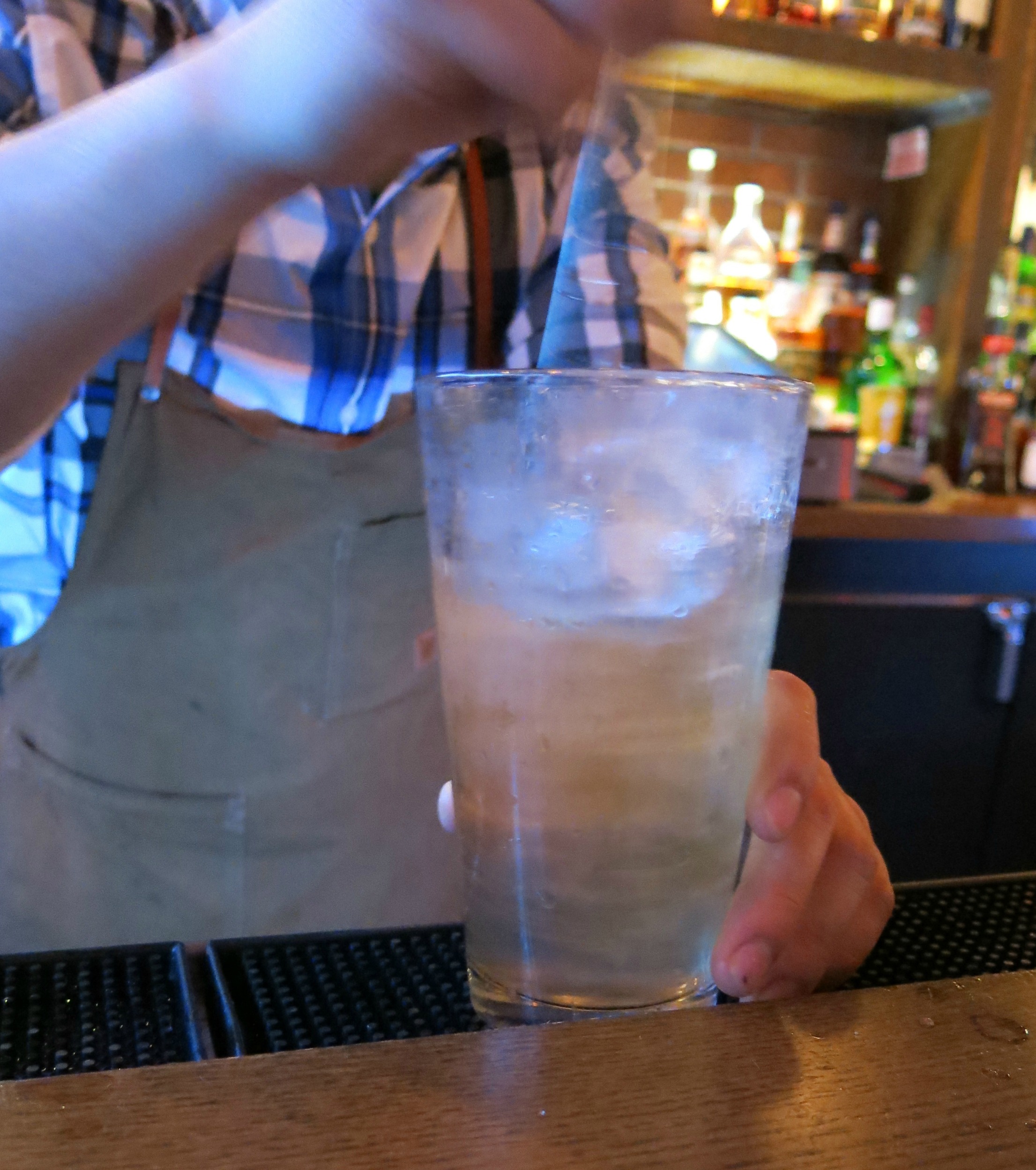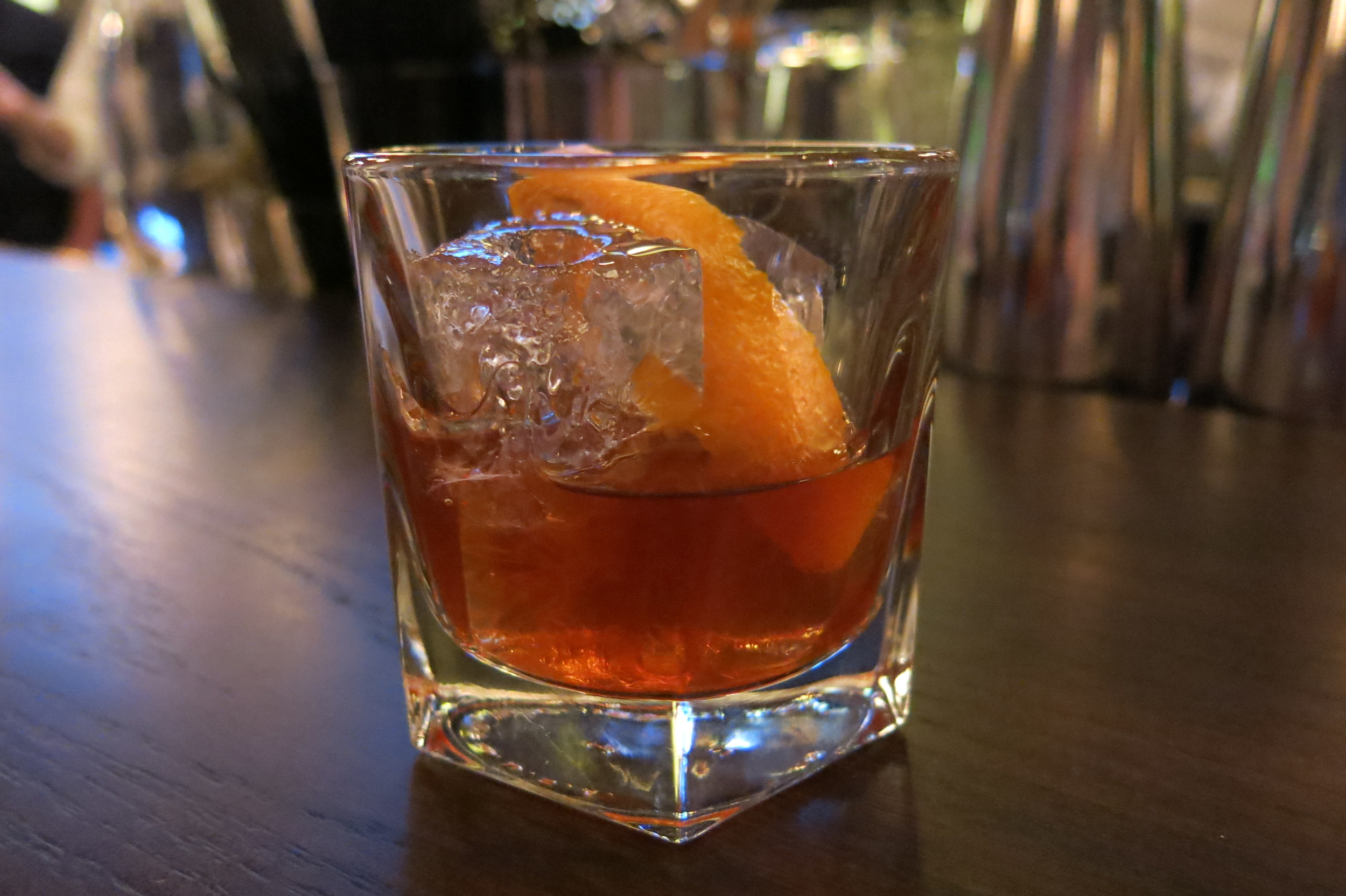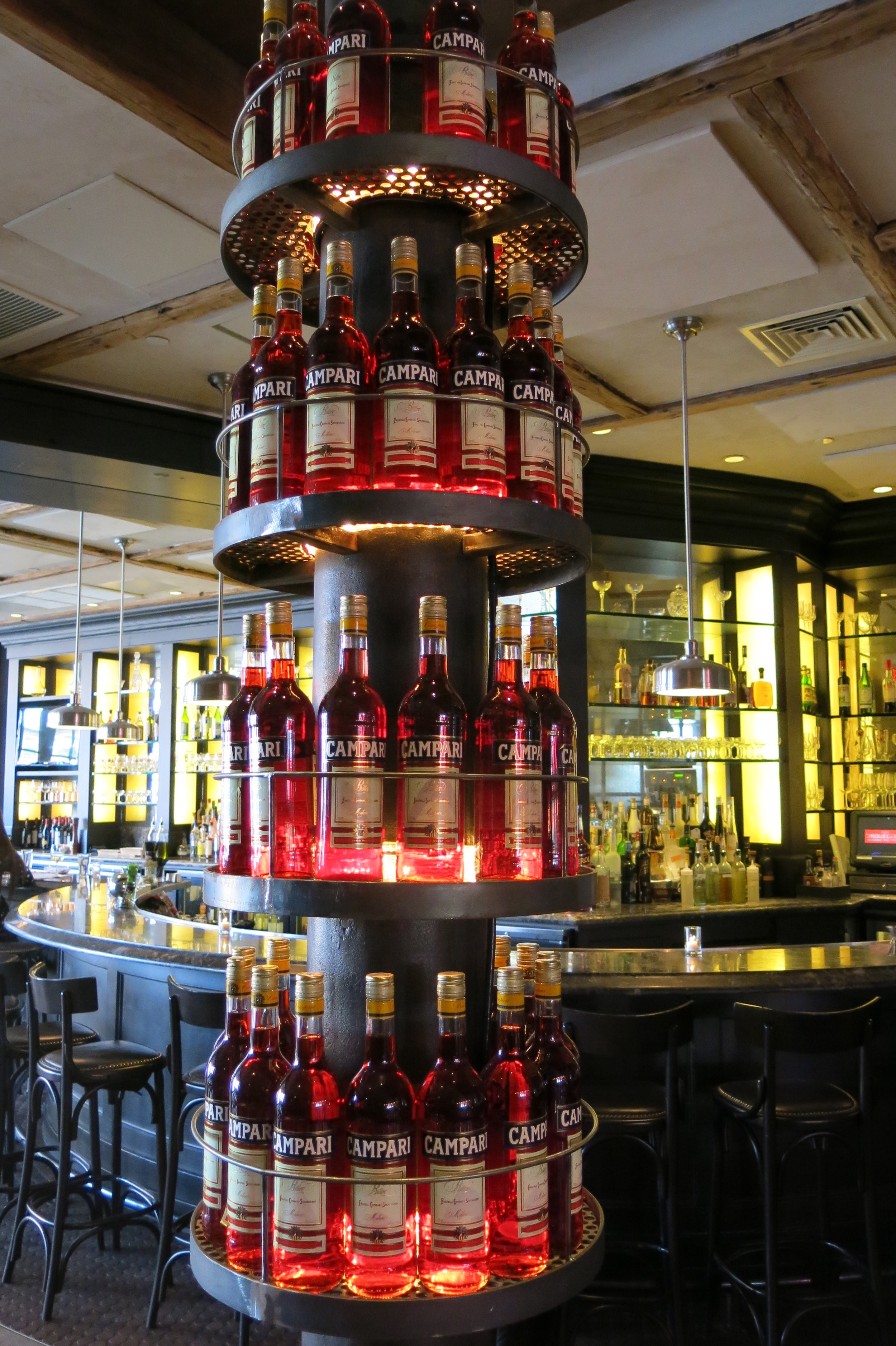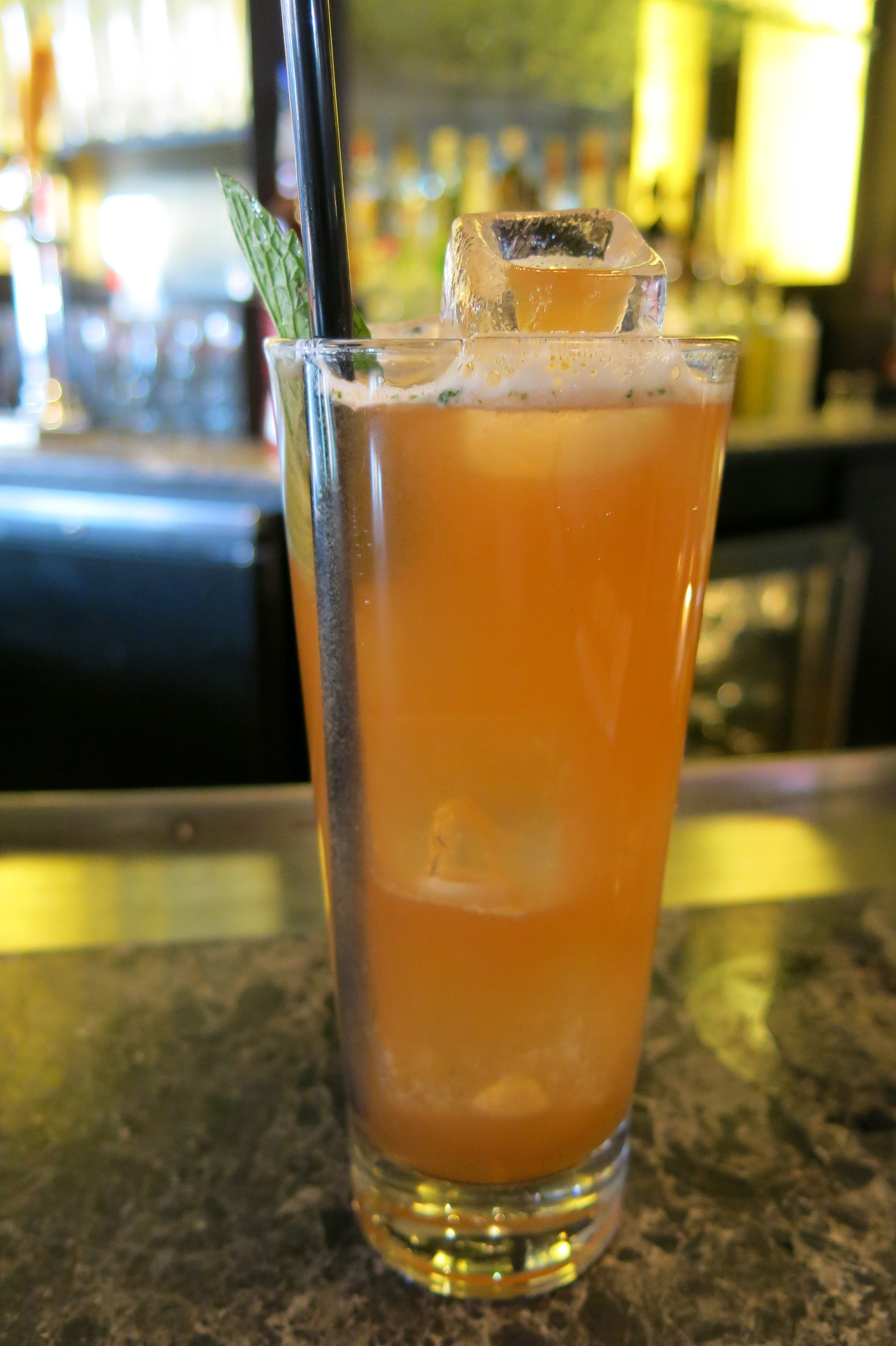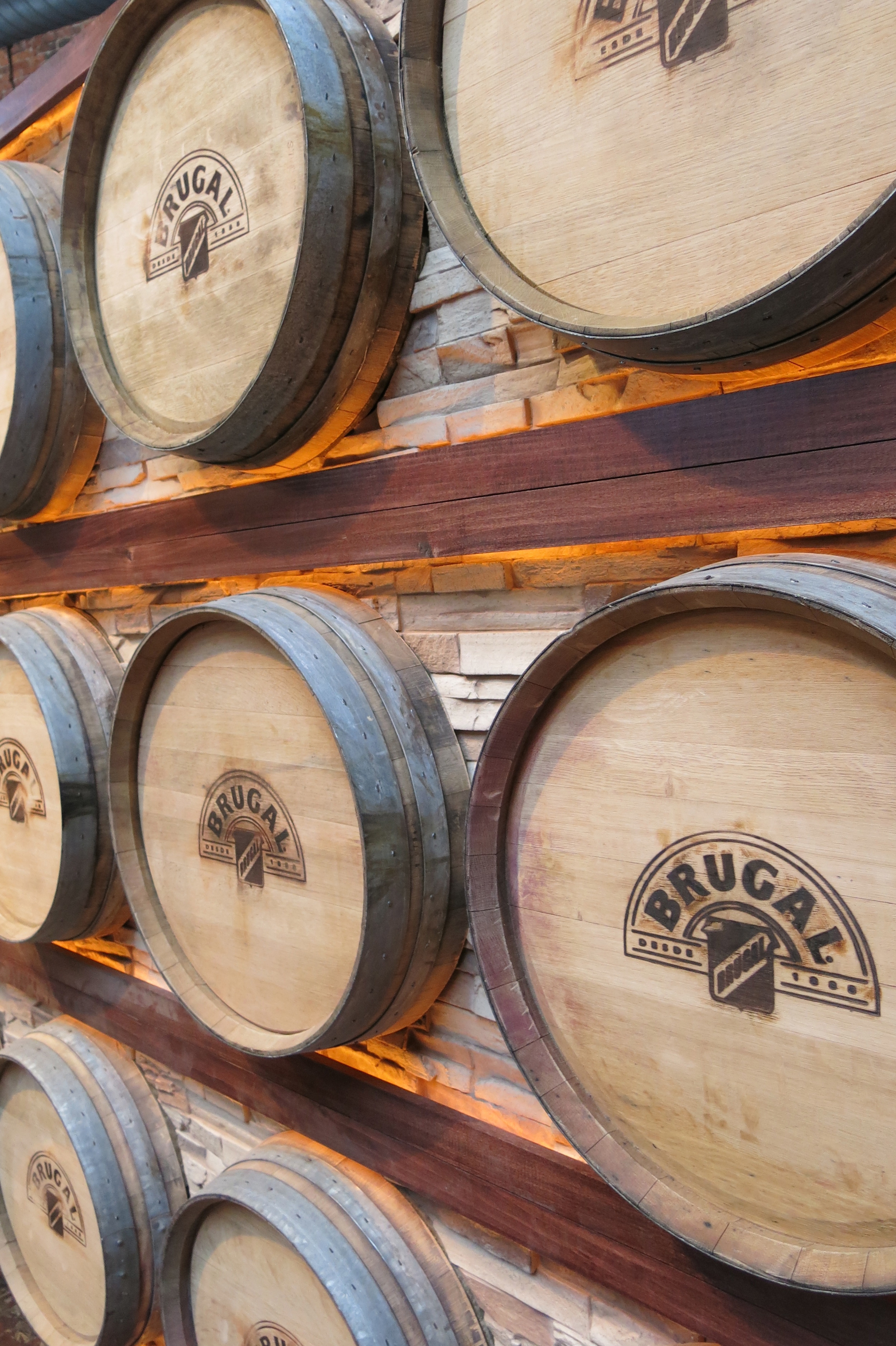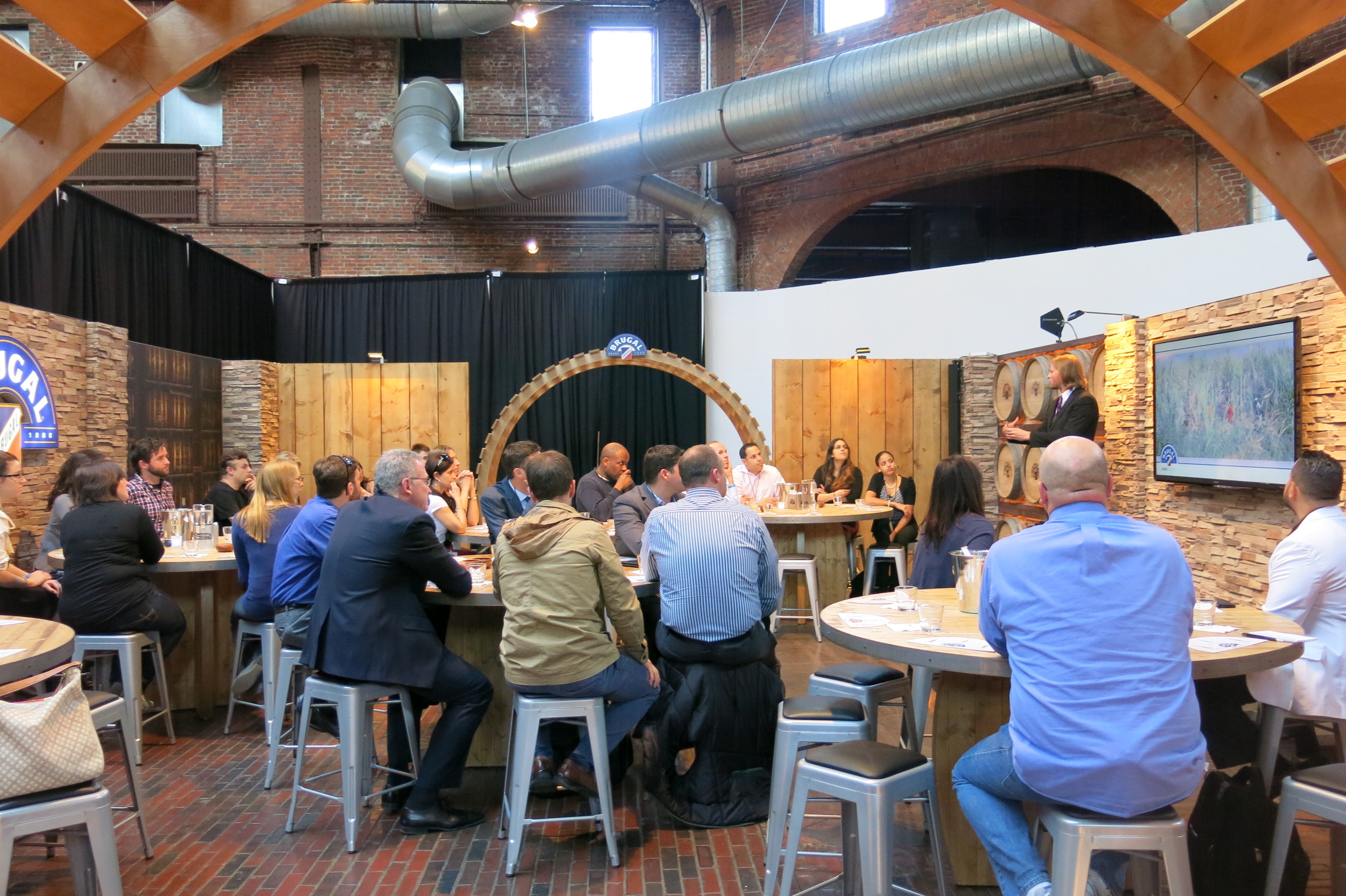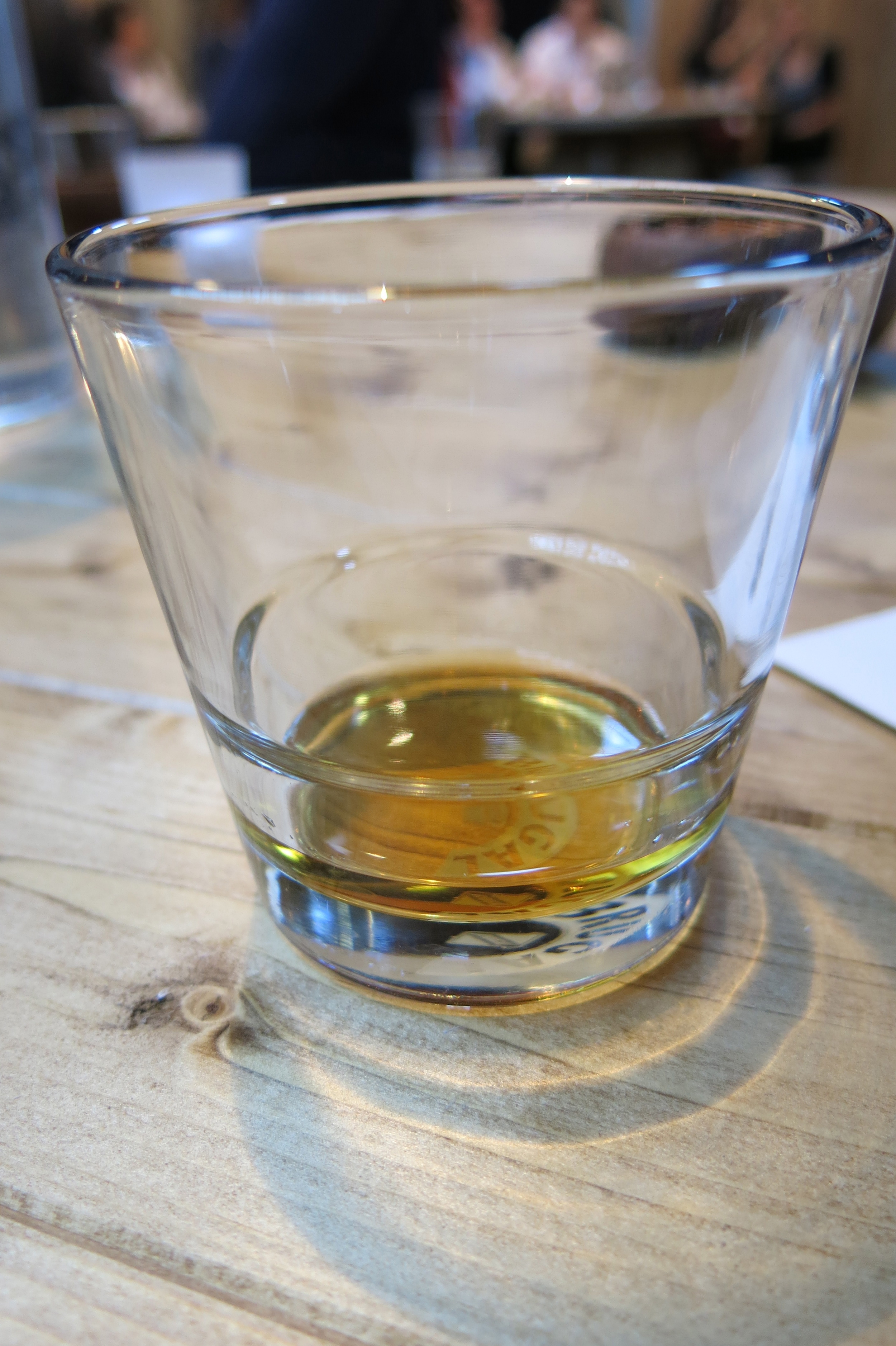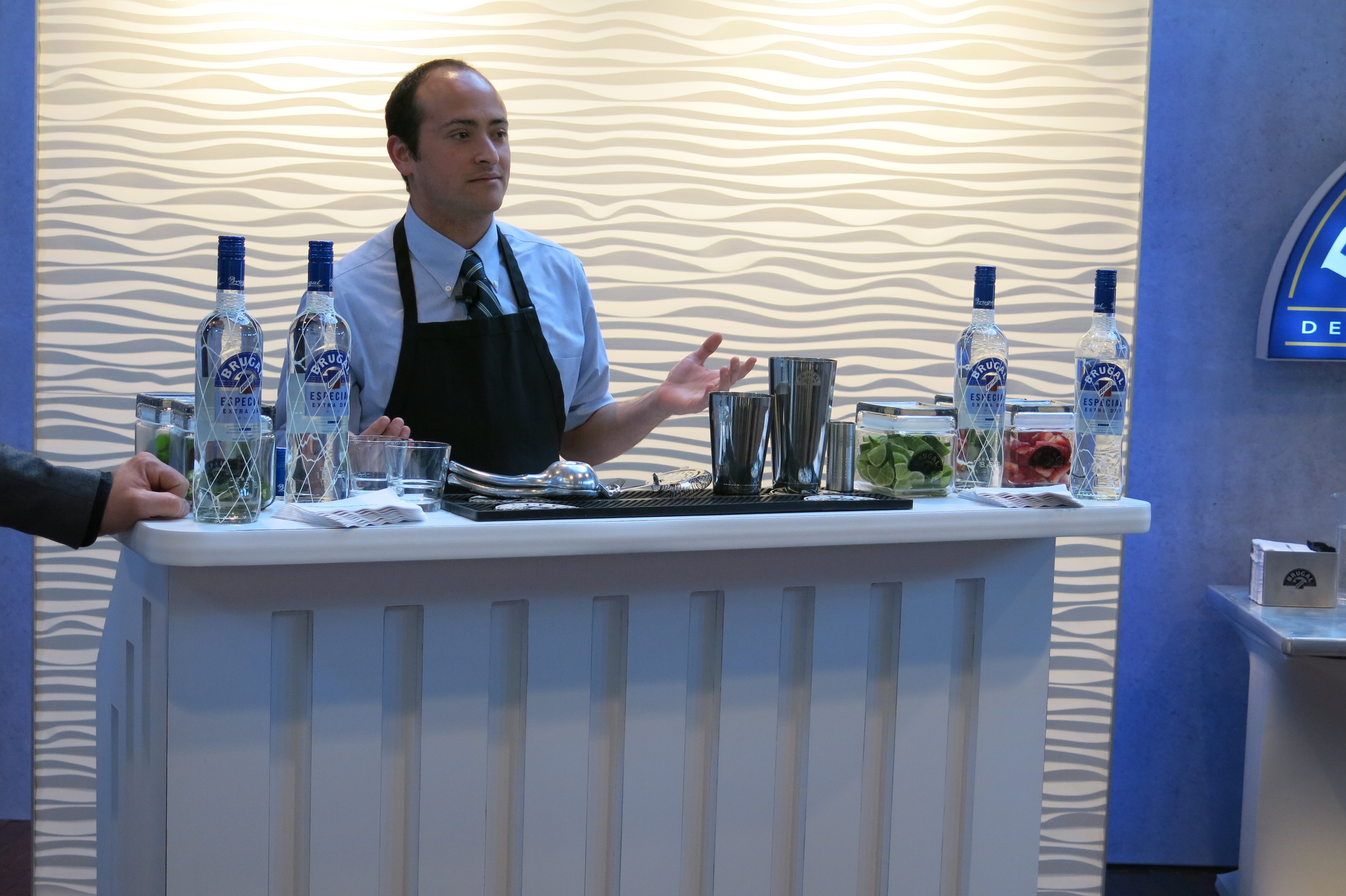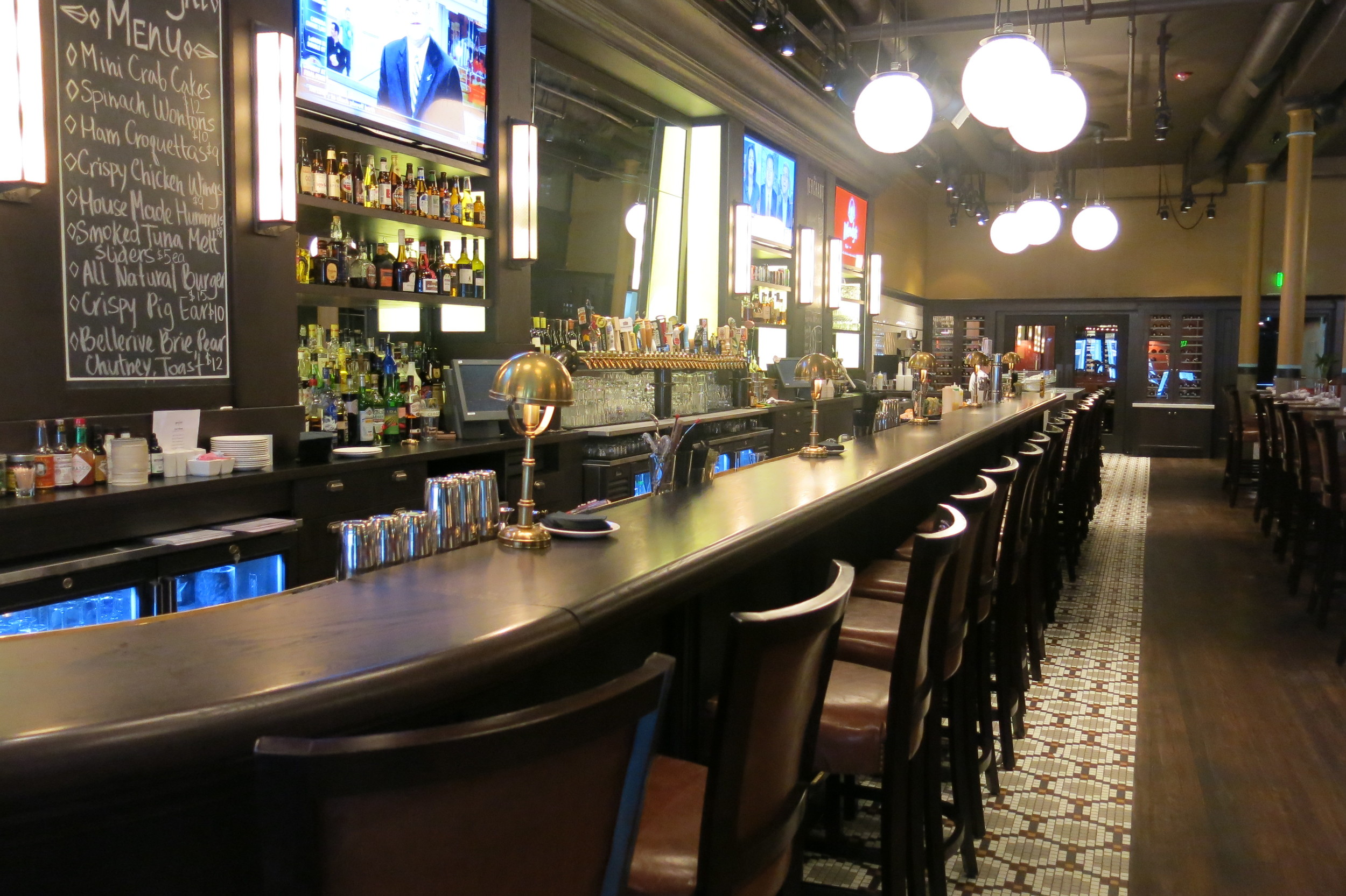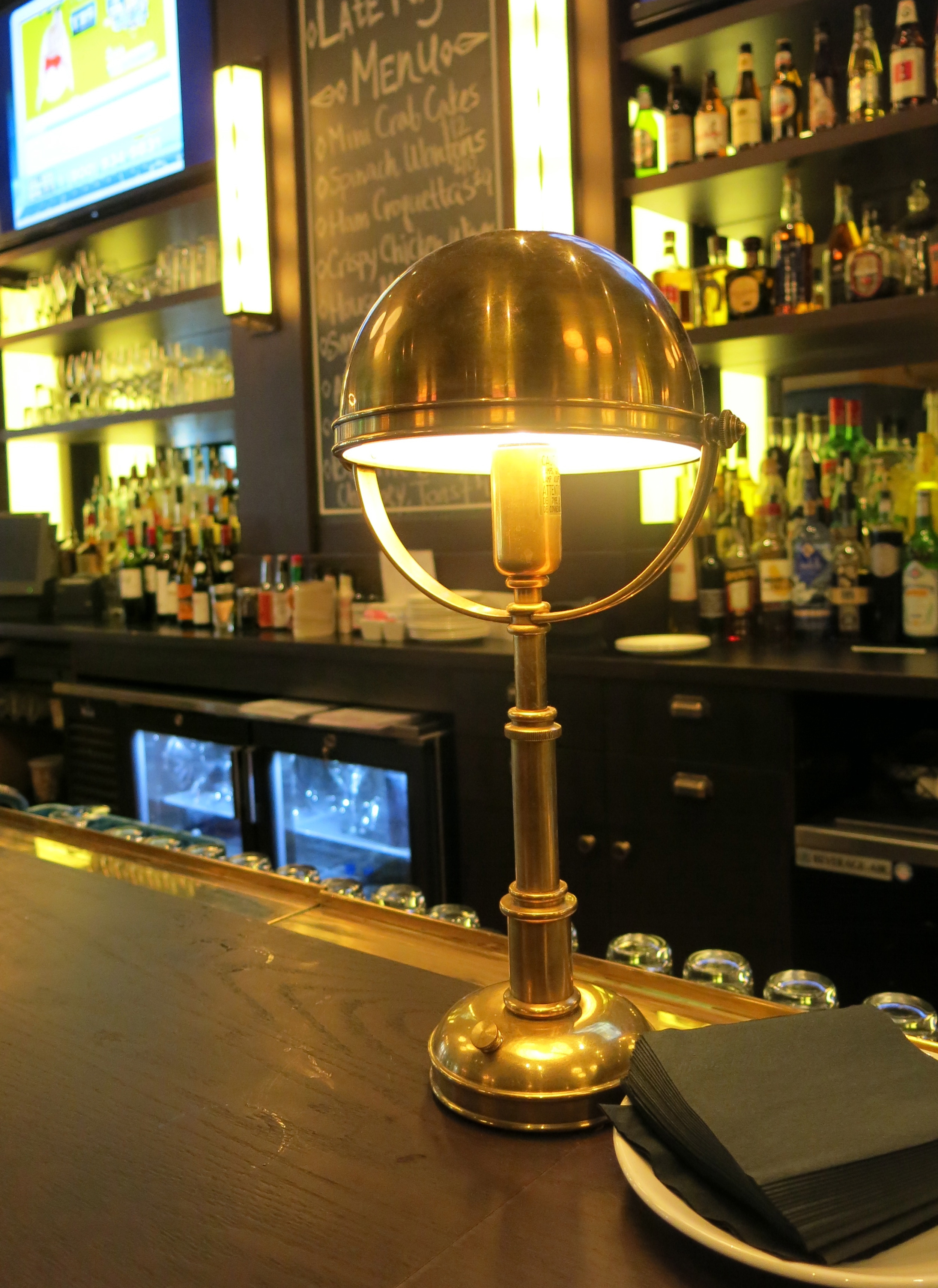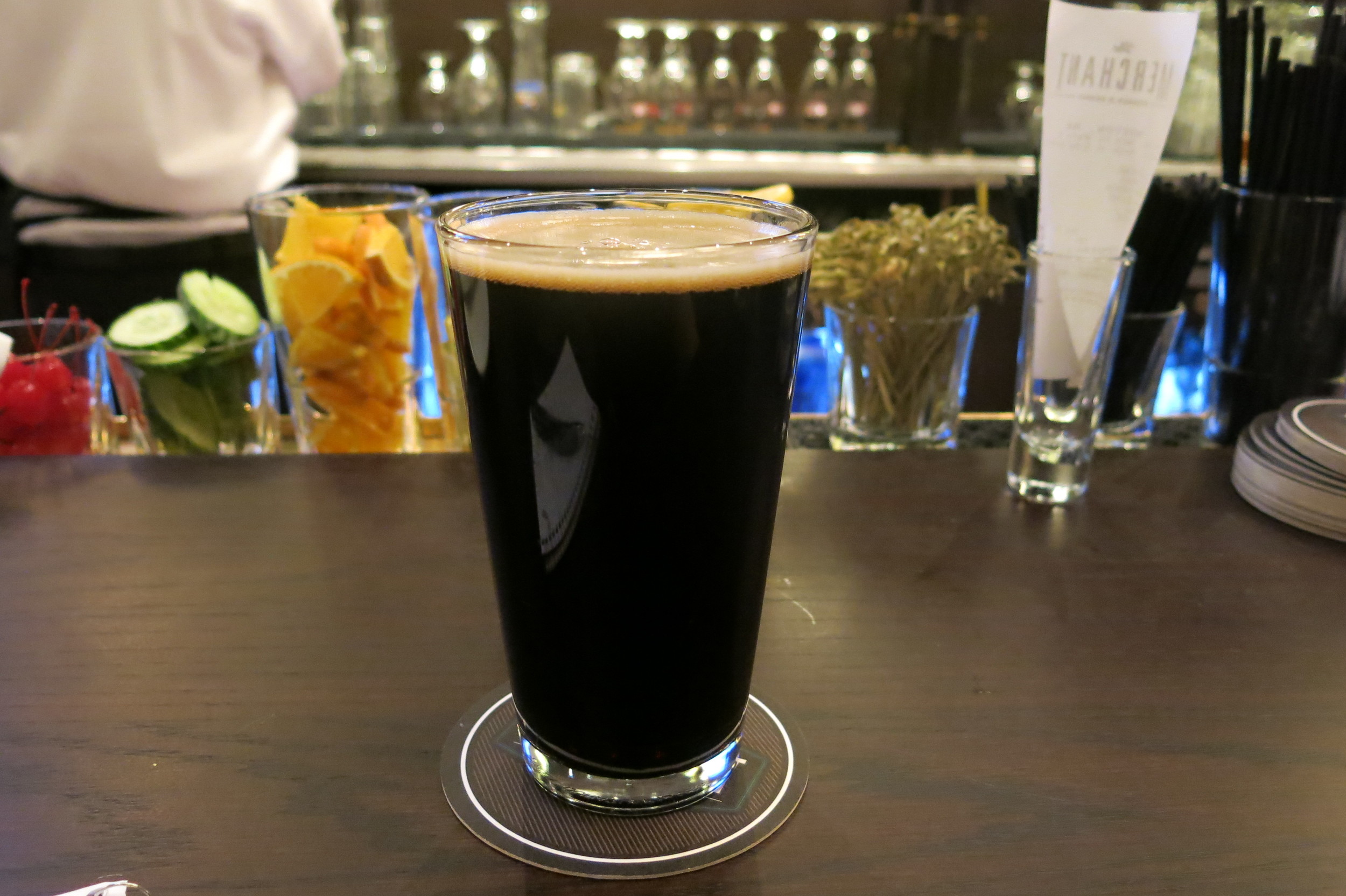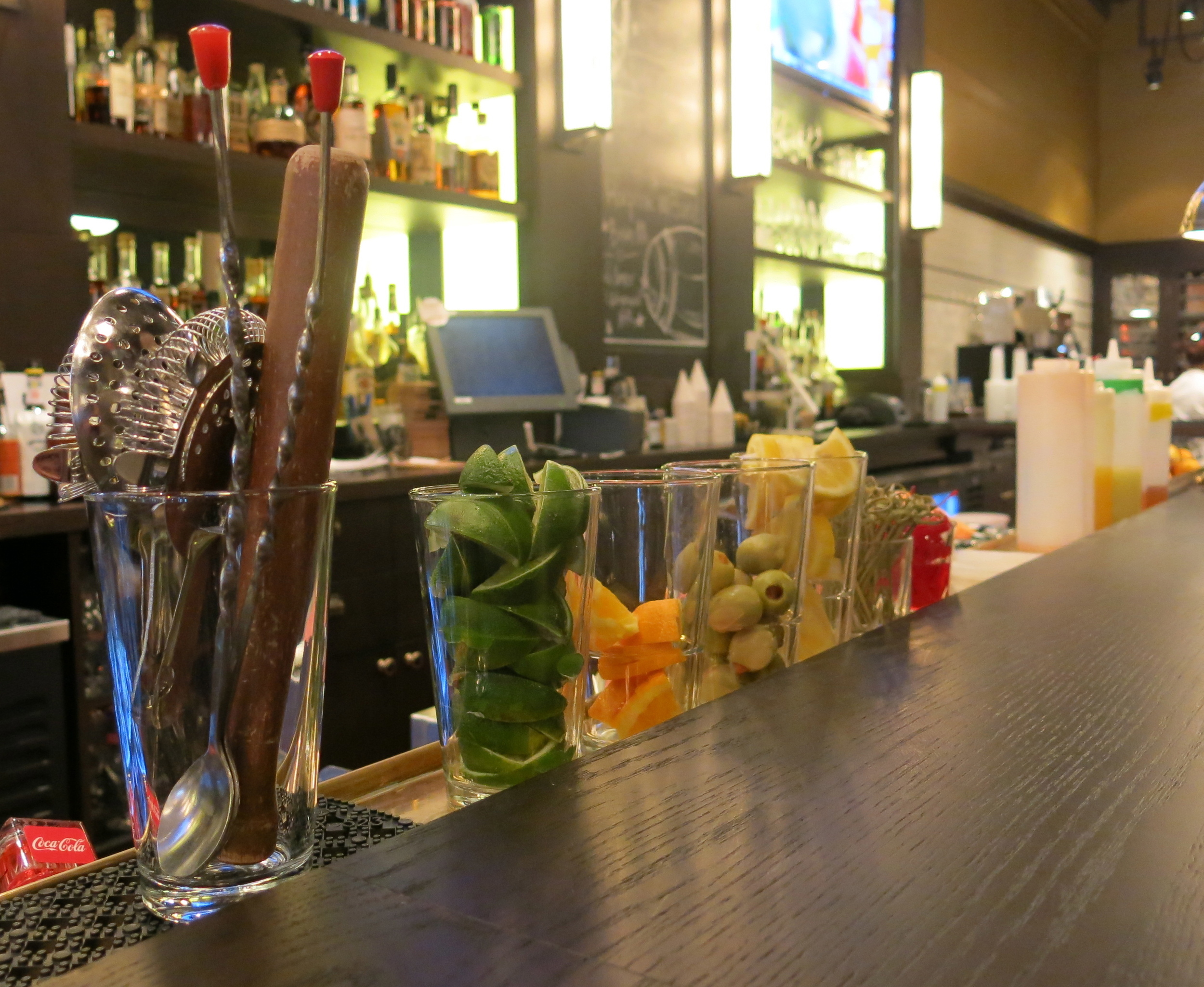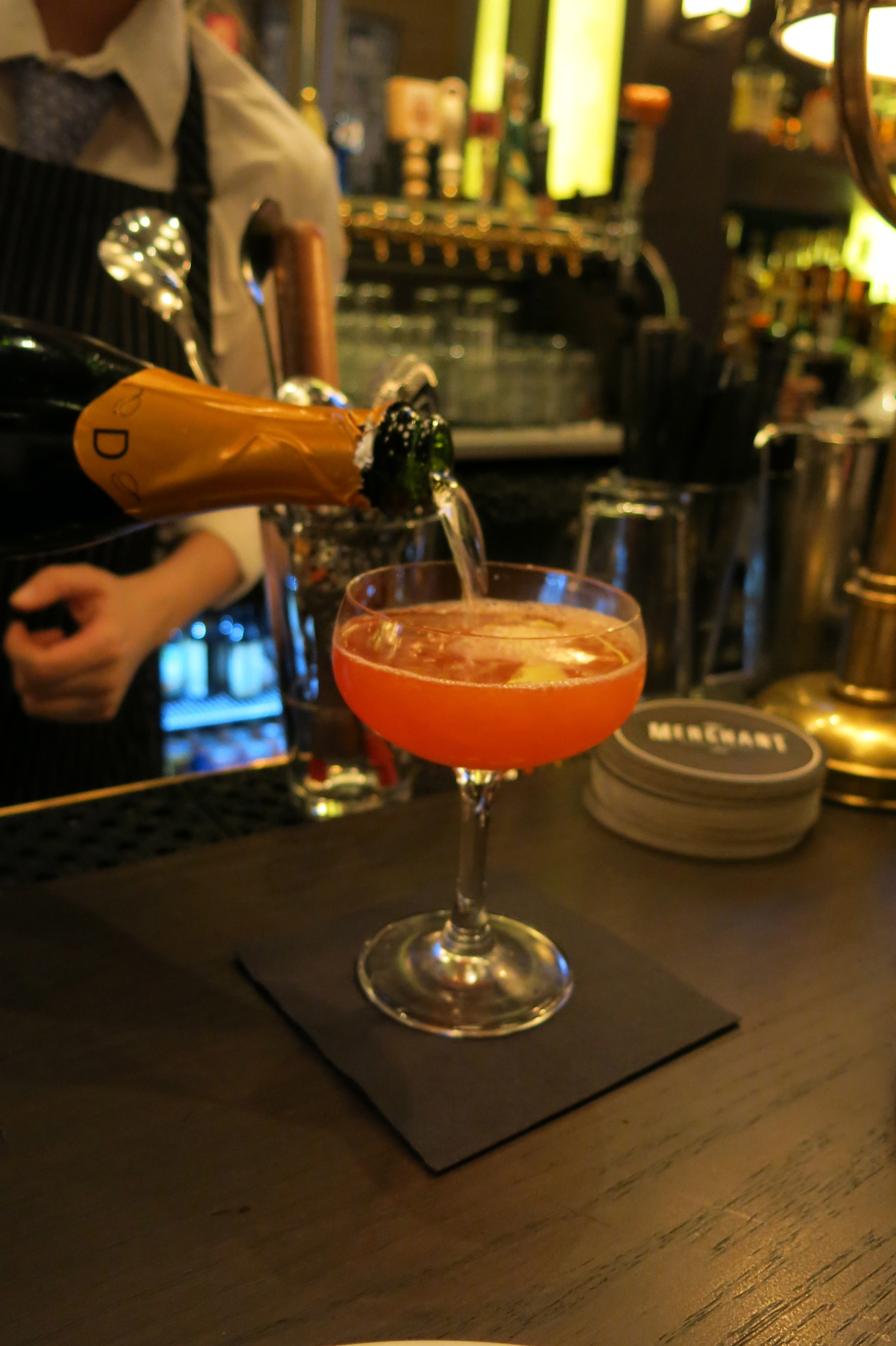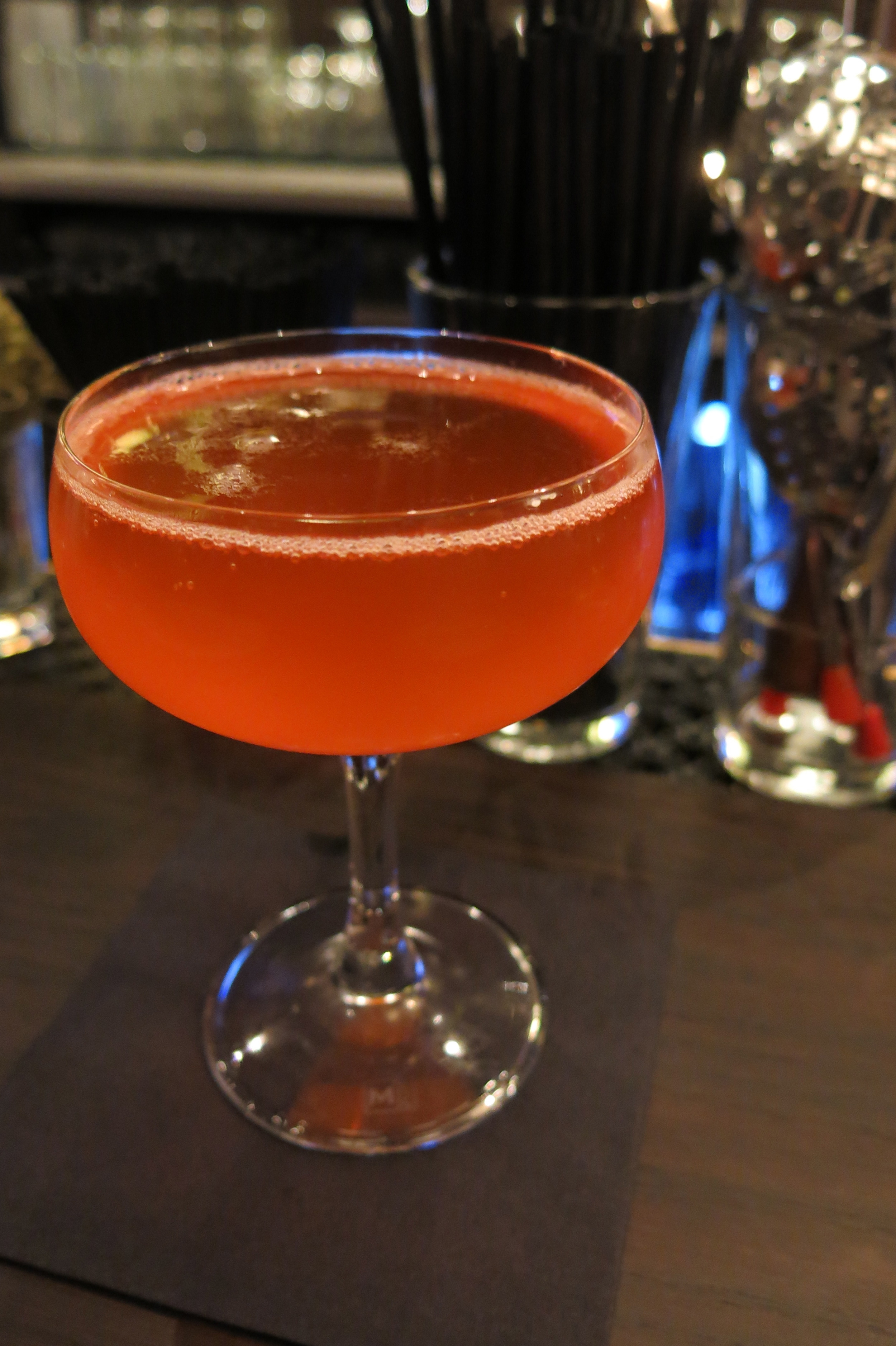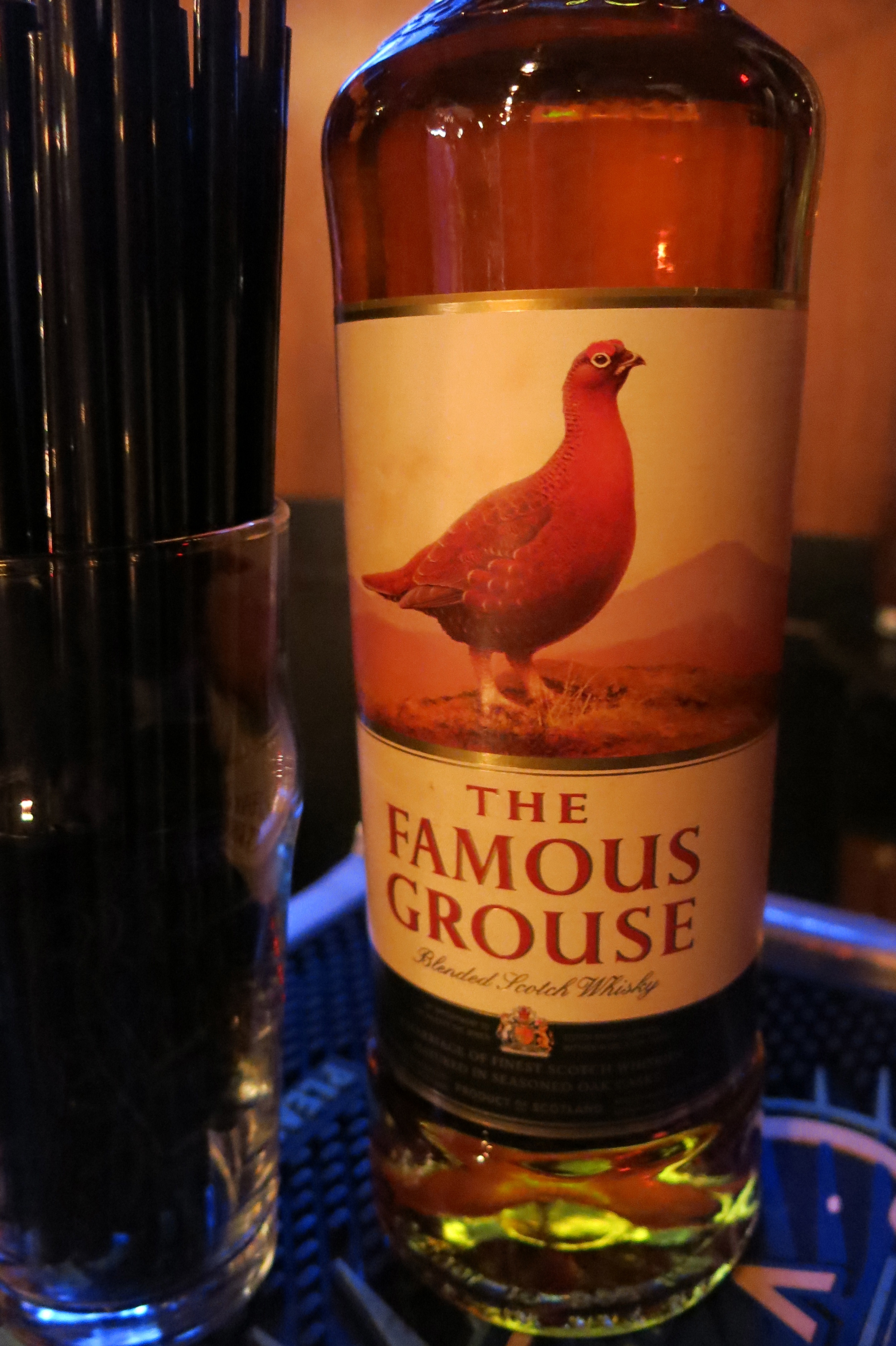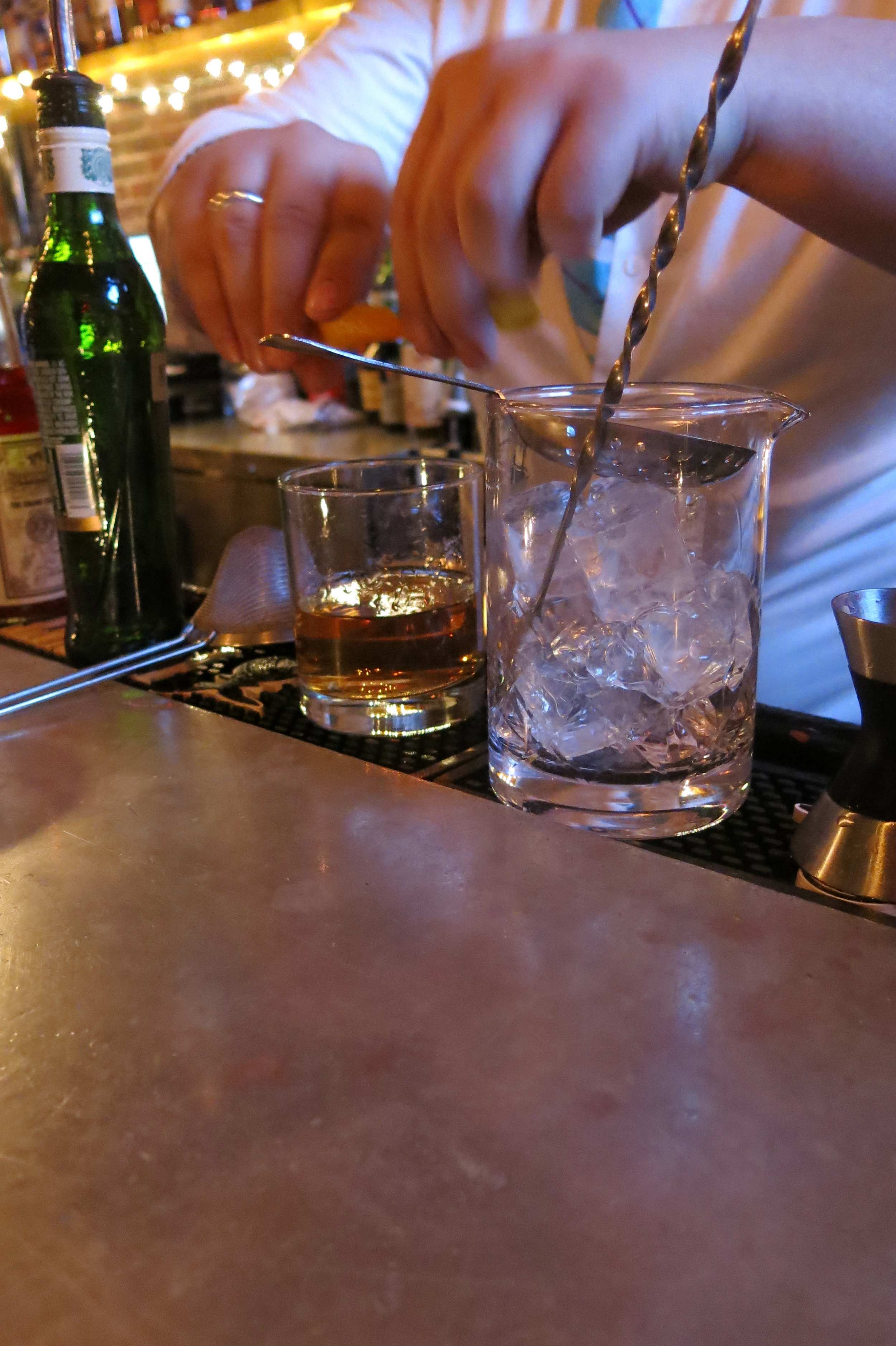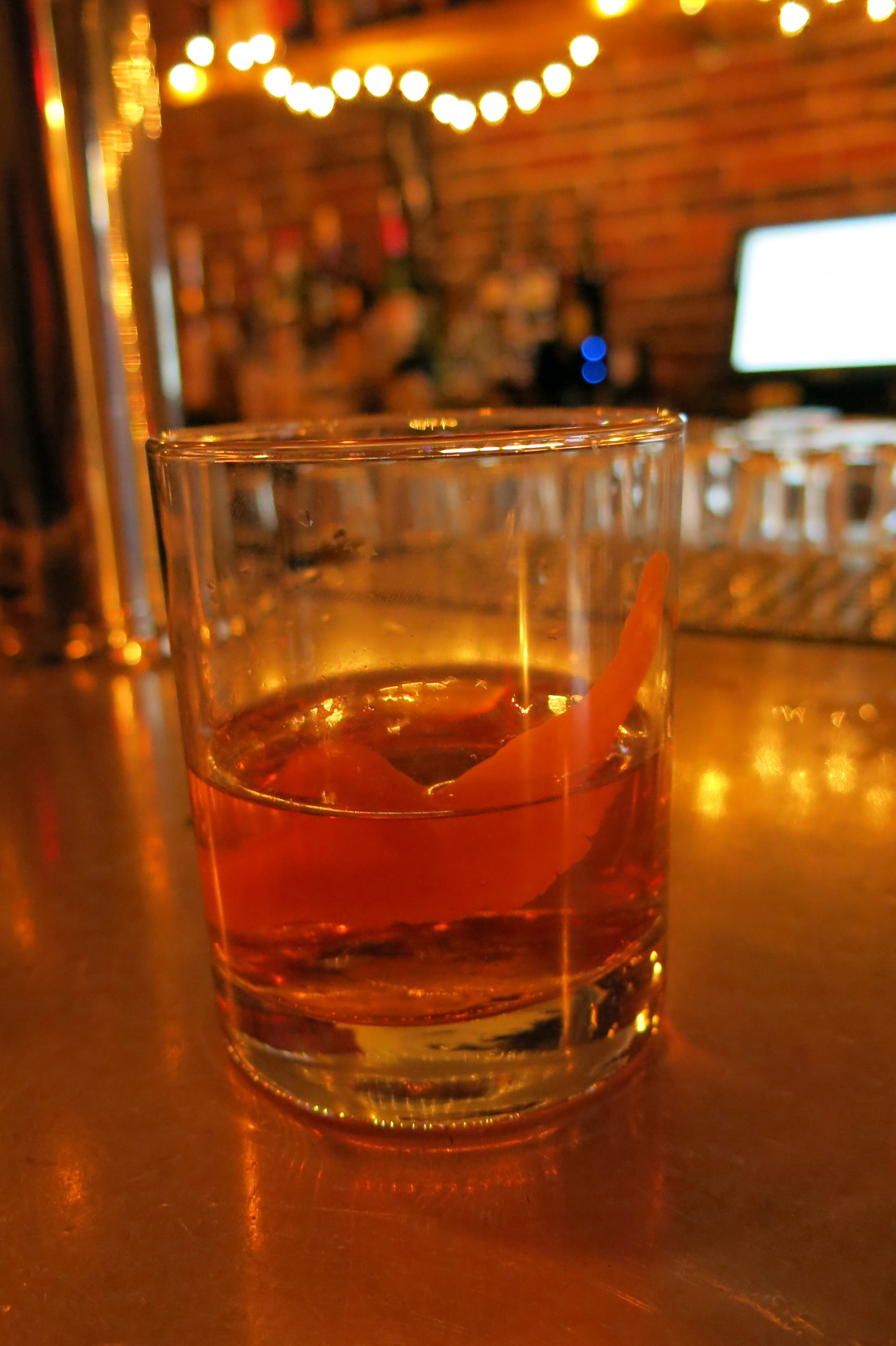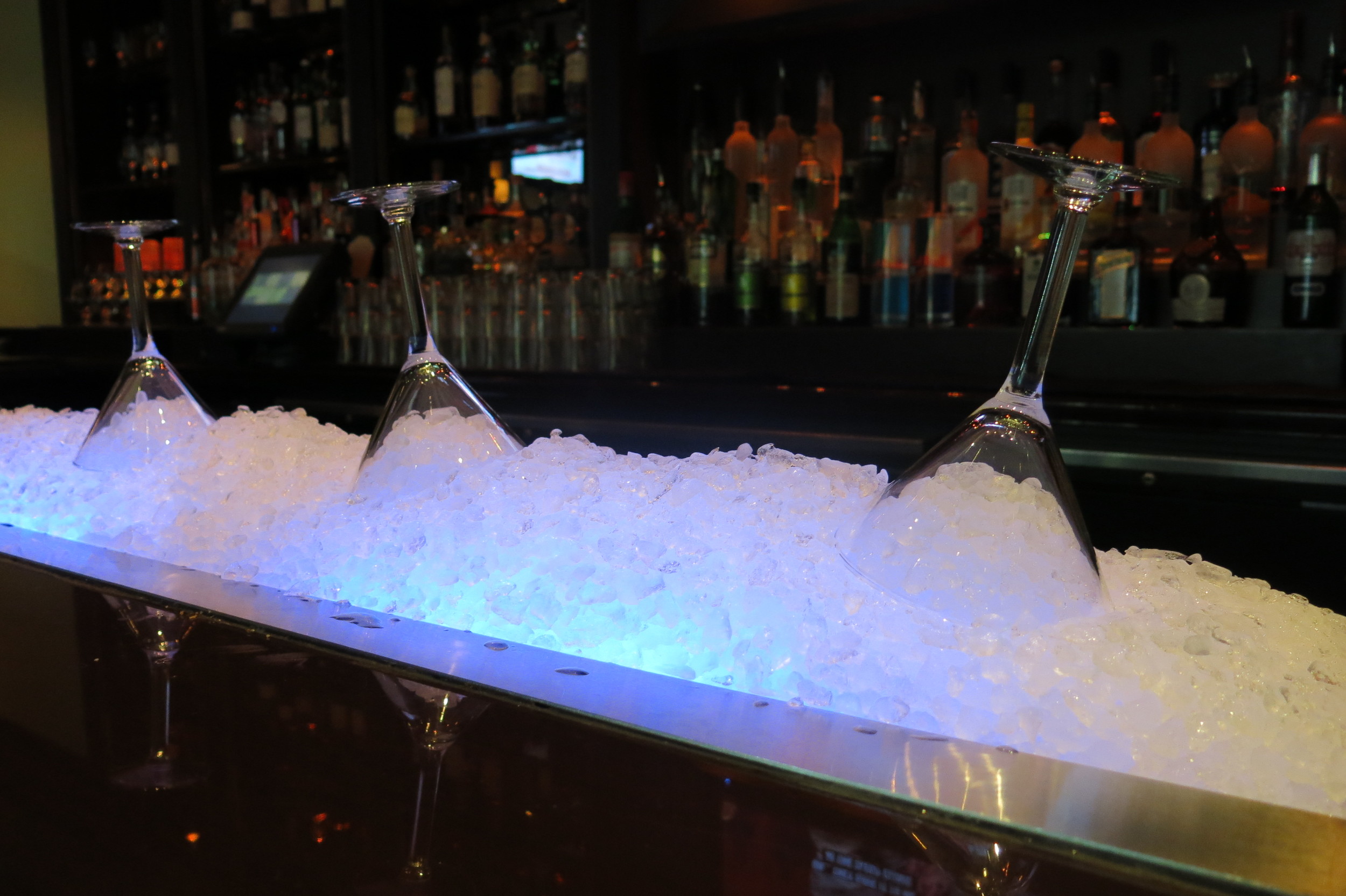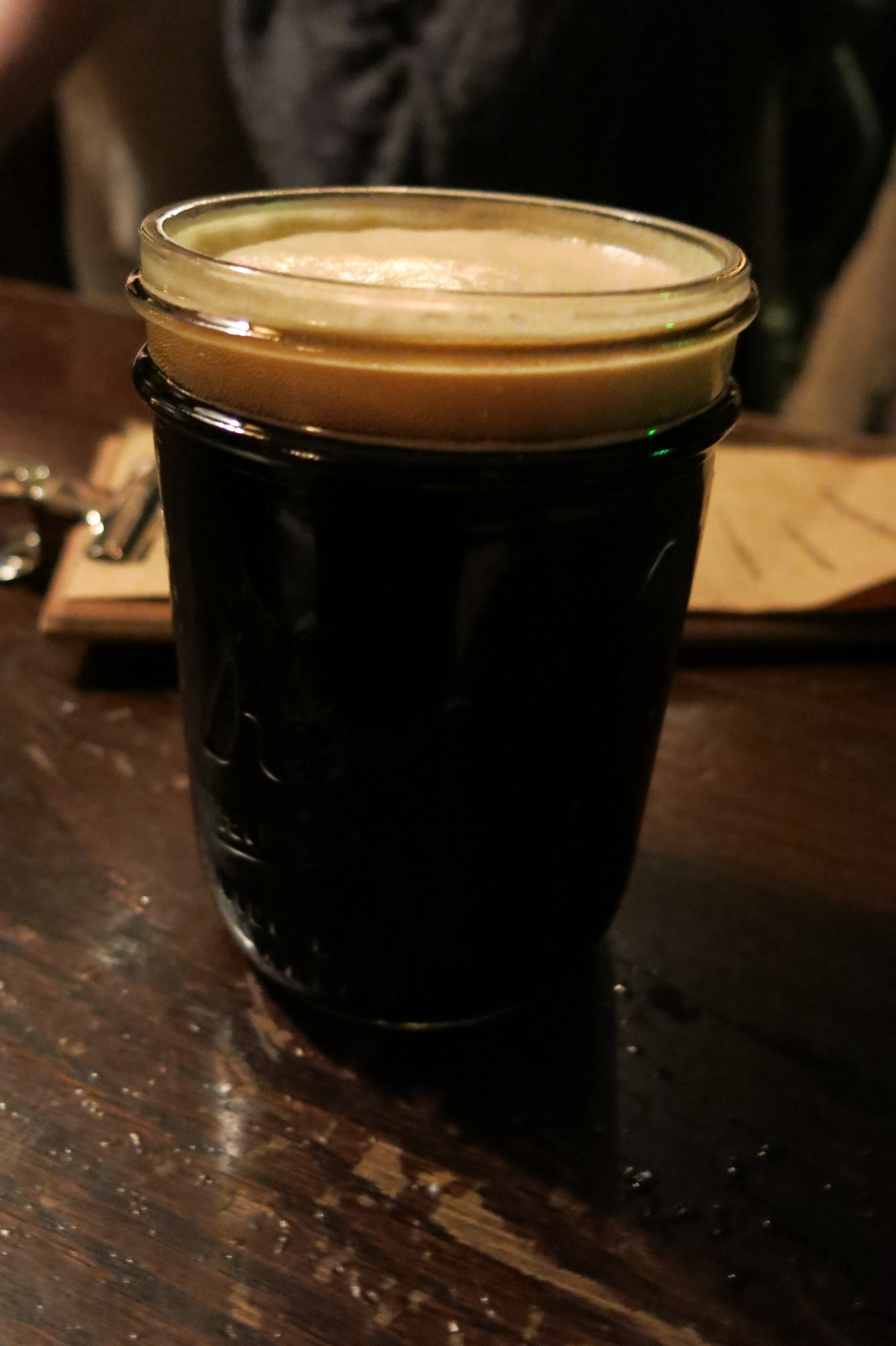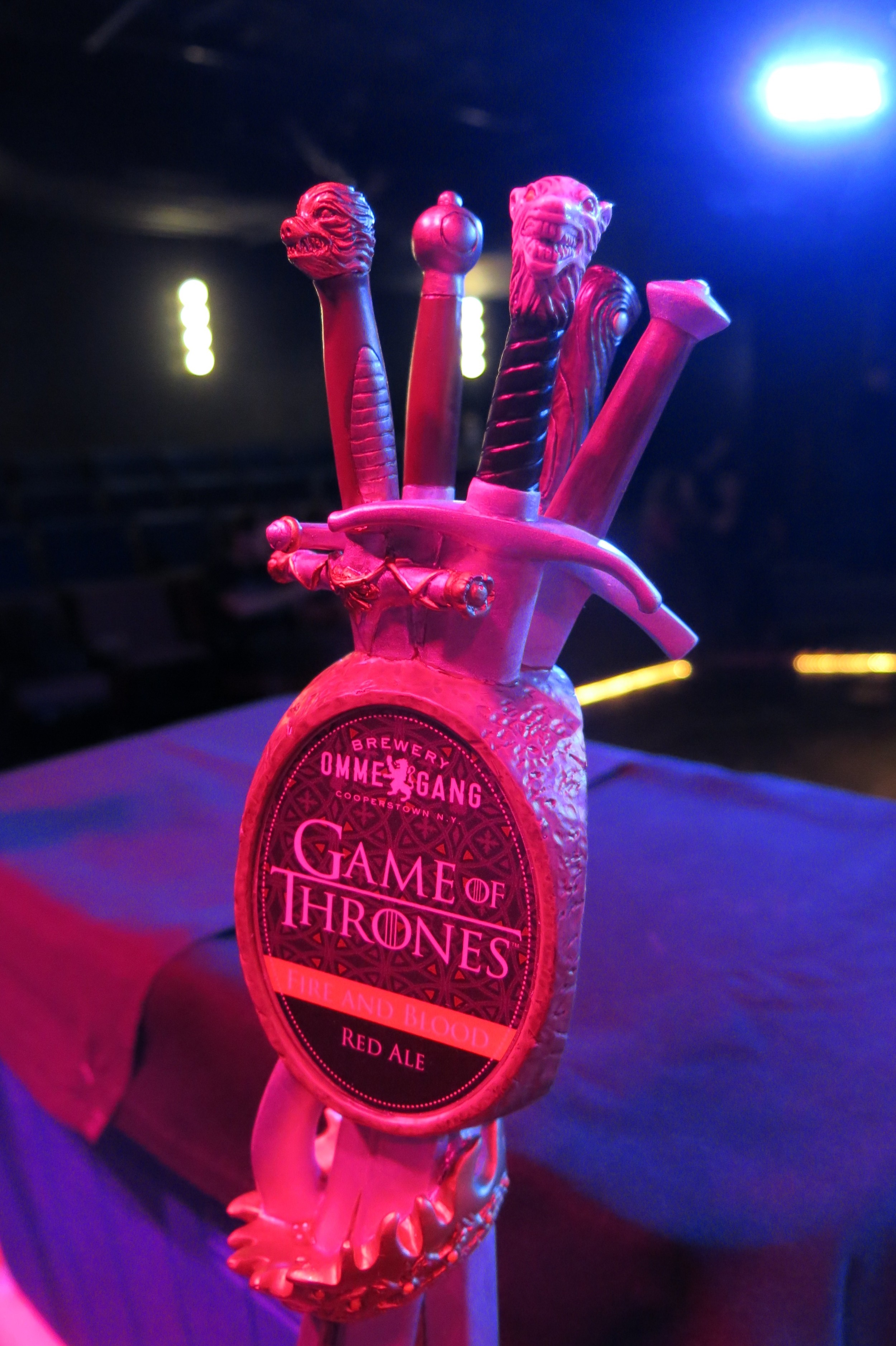Product launches and promotional events are typically festive affairs, especially when the product in question is alcohol. Enthusiastic PR reps expound on the virtues of their wares, a creative marketing team transforms an ordinary venue into a thematic panorama, and of course, there’s plenty of free booze to sample and discuss.
But few companies showcase their product with as much extravagance and theatrical grandeur as Hendrick’s Gin.
The “Emporium of the Unusual” is the latest iteration of Hendrick’s’ traveling circus, which set up shop in the Cyclorama in Boston’s South End this week. And I don’t exaggerate when I say it’s the sort of thing that one has to see to believe.
I was fortunate to attend last year’s Boston event, Voyages into the Unusual, and I still remember walking into the venue and feeling like I’d stepped onto the grounds of a macabre, Victorian-era carnival.
This year I knew what to expect – and still, it was hard not to be overwhelmed, at least momentarily, by this bustling whirlwind of colors and characters.
Before plunging into the Emporium proper, guests are ushered through a set of thick black curtains and into a softly lit antechamber that looks like a cross between an old library and the laboratory of a lunatic.
There’s a table of assorted oddities, shelves full of books and bottles, a few animal skeletons, a musical instrument here and there.
There’s a bar, too, where you can get a sample of the simplest and most iconic of Hendrick’s drinks – a Hendrick’s and tonic, with a slice of fresh cucumber.
After milling around a bit and taking in the sights, the real show begins. A bookcase suddenly slides open, and guests are led through a small greenhouse (which would be weird enough on its own) and into a huge room teeming with costumed performers, musicians, and a slew of bizarre attractions.
It’s a lot to take in, and the prevailing mood is one of curiosity and bemusement. Guests tend to approach various stations timidly, wondering whether the simple act of asking for a drink will get them roped into an impromptu skit with a strangely clad attendant (entirely possible).
But don’t stand in one spot too long – you might find yourself in the path of someone riding a penny-farthing bicycle.
The pomp and splendor of this vaudevillian pageant would all be for naught if the eponymous product didn’t live up to its dazzling presentation.
Fortunately, Hendrick’s gin is equal to the hype. Famously infused with cucumber and rose petals, it’s a unique spirit that’s accessible to drinkers who find gin too harsh, but it doesn’t stray far enough from traditional London gin to alienate purists. Hendrick’s’ unusual flavor profile allows for clever variations on even the simplest of drinks, and the results can range from subtle to spectacular.
And if you’re able to navigate all the hoopla of the Emporium, you’ll find a few cocktails to prove it.
You might have to work for some of those drinks, though. Getting your hands on a Benevolent Bog means enduring the probing questions of this barker, who then gives specific instructions about how to acquire a drink by knocking on the wooden wall behind him.
Assuming you clear the requisite hurdles, a portrait in the center of the wall glides upwards, revealing a red-hued cocktail made with Hendrick’s gin, cranberry compote, lemon juice, and Ancho Reyes. The cranberry and lemon combine for a pleasantly tart, sour, autumnal drink, with a surprising kick from the ancho chile spirit.
The Traveling Emporium Punch similarly evokes the flavors of fall in New England, with its blend of gin, herbal tea, lemon juice, simple syrup, sparkling water, Angostura bitters, and spices. Hendrick’s is fond of punch recipes, and this crisp concoction has prominent notes of cinnamon and a mild tea flavor.
Whereas punch is a popular, communal drink, the Negroni is more of an acquired taste. Mixing a botanical-forward spirit like gin with a pair of herbal aperitifs isn’t everybody’s idea of an easy-drinking cocktail.
I finally came around to this drink in time for this year’s Negroni Week, and as I worked my way through innumerable variations, I remember wondering how Hendrick’s would fare in this celebrated cocktail.
Pretty well, as it turns out. The Unusual Negroni combines gin, Aperol, Lillet Blanc, and a twist of grapefruit for a sweeter version that dials back the cocktail’s trademark bitterness. The grapefruit flavor is prominent, as the peel brings out the citrus notes in the Lillet Blanc. If Negronis aren’t your thing, this is a good way to ease into them.
The Unusual Negroni may have been my favorite drink of the evening, but the cocktail that truly allowed the featured spirit to shine was the Cucumber Southside. Elegant in its presentation, this variation of the Southside cocktail adds cucumber to a mix of gin, lemon juice, simple syrup, and mint leaves.
The cucumber slice, of course, brings out the cucumber notes in the Hendrick’s, and the mint pairs well with the gin’s botanicals. With its simple composition and rich texture, this cocktail, more than any other, showcased the gin itself and clearly demonstrated how its distinctive flavor profile interacts with a few common, fresh ingredients.
There are a lot of forces competing for your attention in the Emporium, but even in this freakish tableau, there’s one attraction that rises above the accordionists, bicyclists, and general clamor. Literally.
Holding court at the center of it all, greeting stunned passersby below, is what appears to be the world’s tallest woman, attended by a pair of diminutive men in frightening, bird-like masks. She’s clad in a long, flowing gown, and if you’re lucky, one of her minions will escort you through the waves of fabric.
And what is to be found beneath the fair lady’s dress? Drinks, of course.
Beyond the garments is a dark, cozy sitting room that appears to be set up for an intimate tea party. But instead of tea, one of the attendants doles out potent servings of the Traveling Emporium Punch.
The dress might be the strangest place in the entire venue to be enjoy a drink – and that’s saying something – but ironically, it’s also the most peaceful. With the thick fabric muting the endless commotion, you might find yourself with a couple of quiet minutes to sip your drink and appreciate the nuances of this unique, complex gin.
And in some ways, that’s even more interesting than what’s going on outside.
* * * * * * * * * * * * *
Copyright © Boston BarHopper. All Rights Reserved.
































